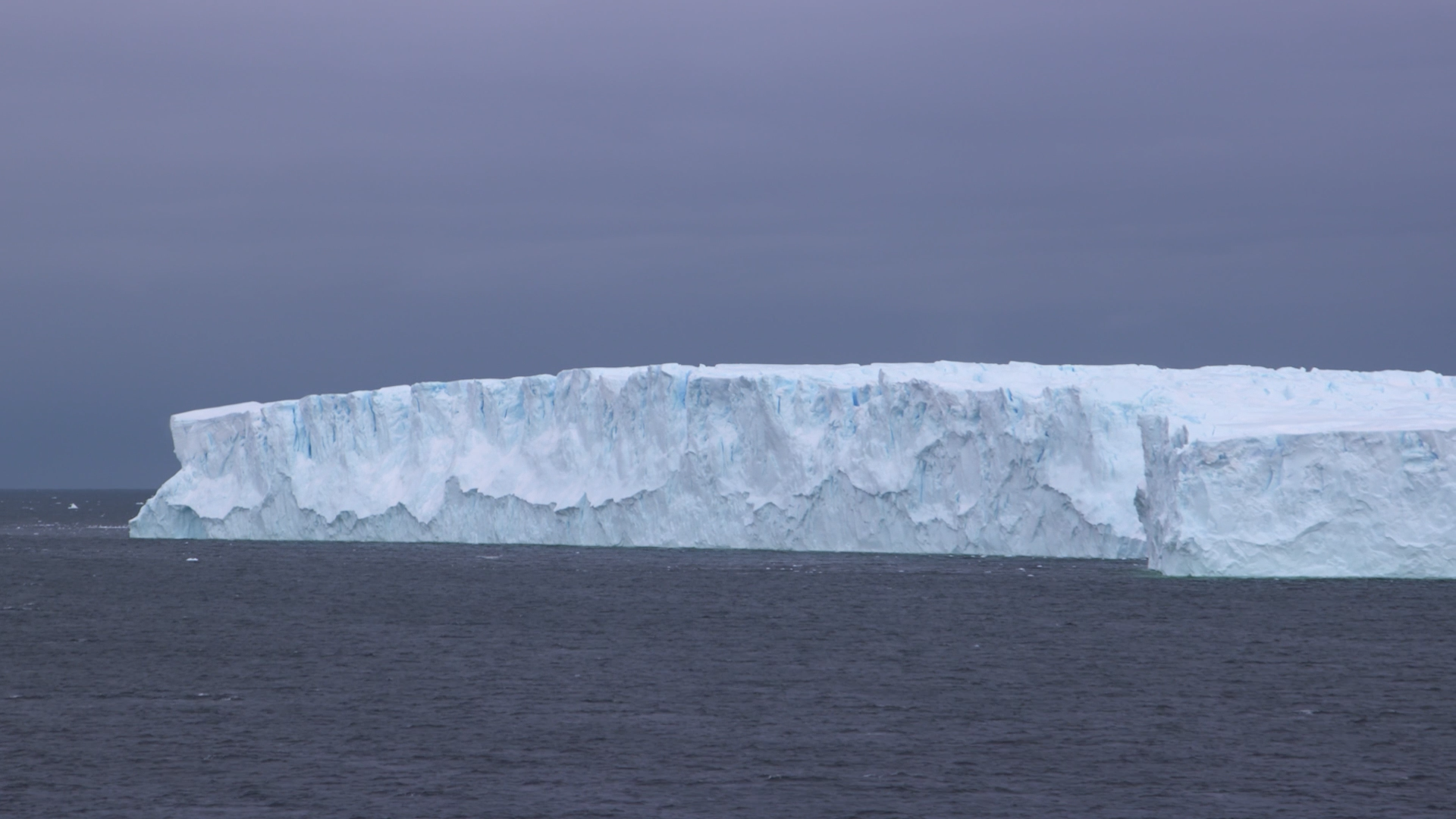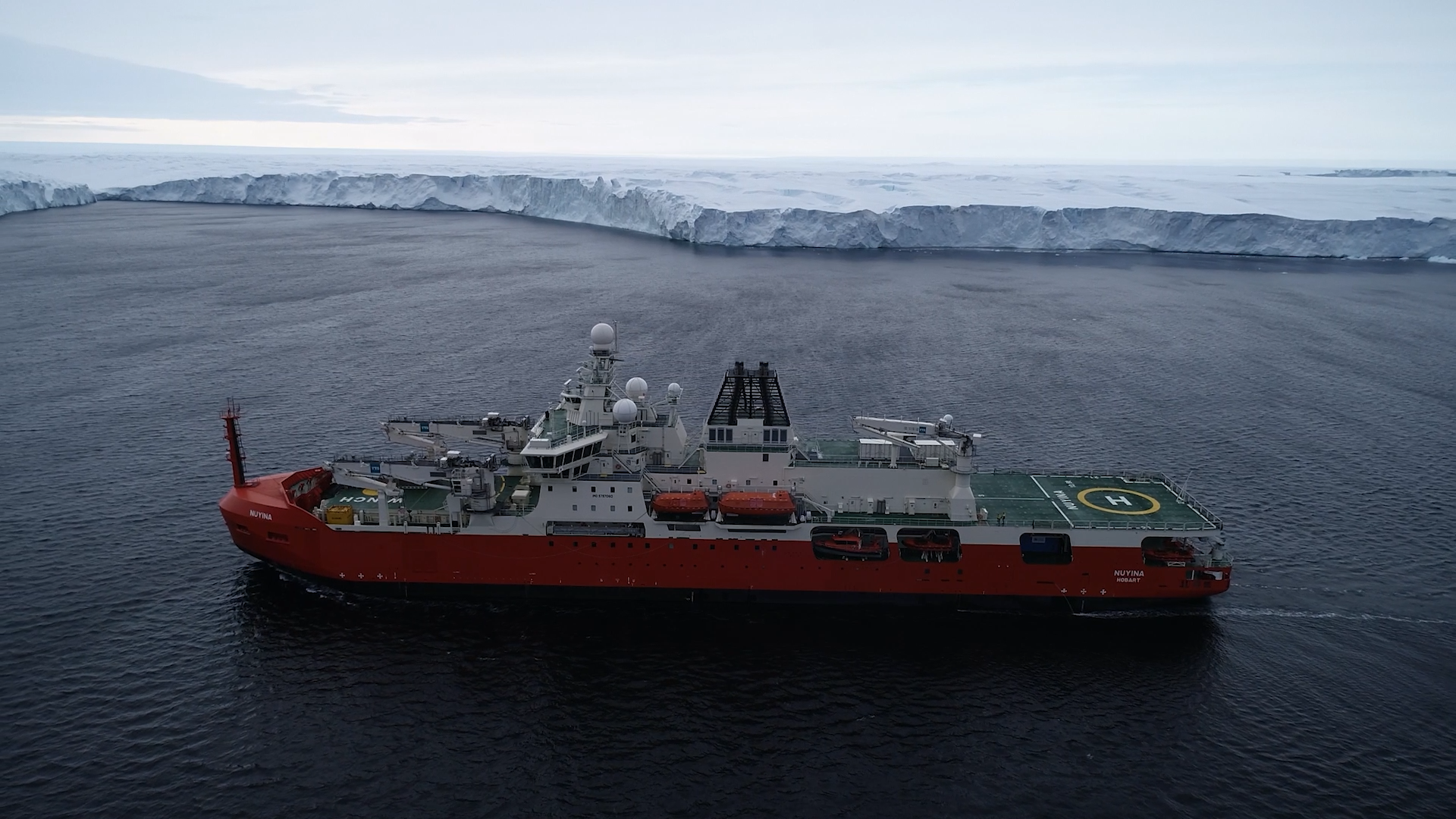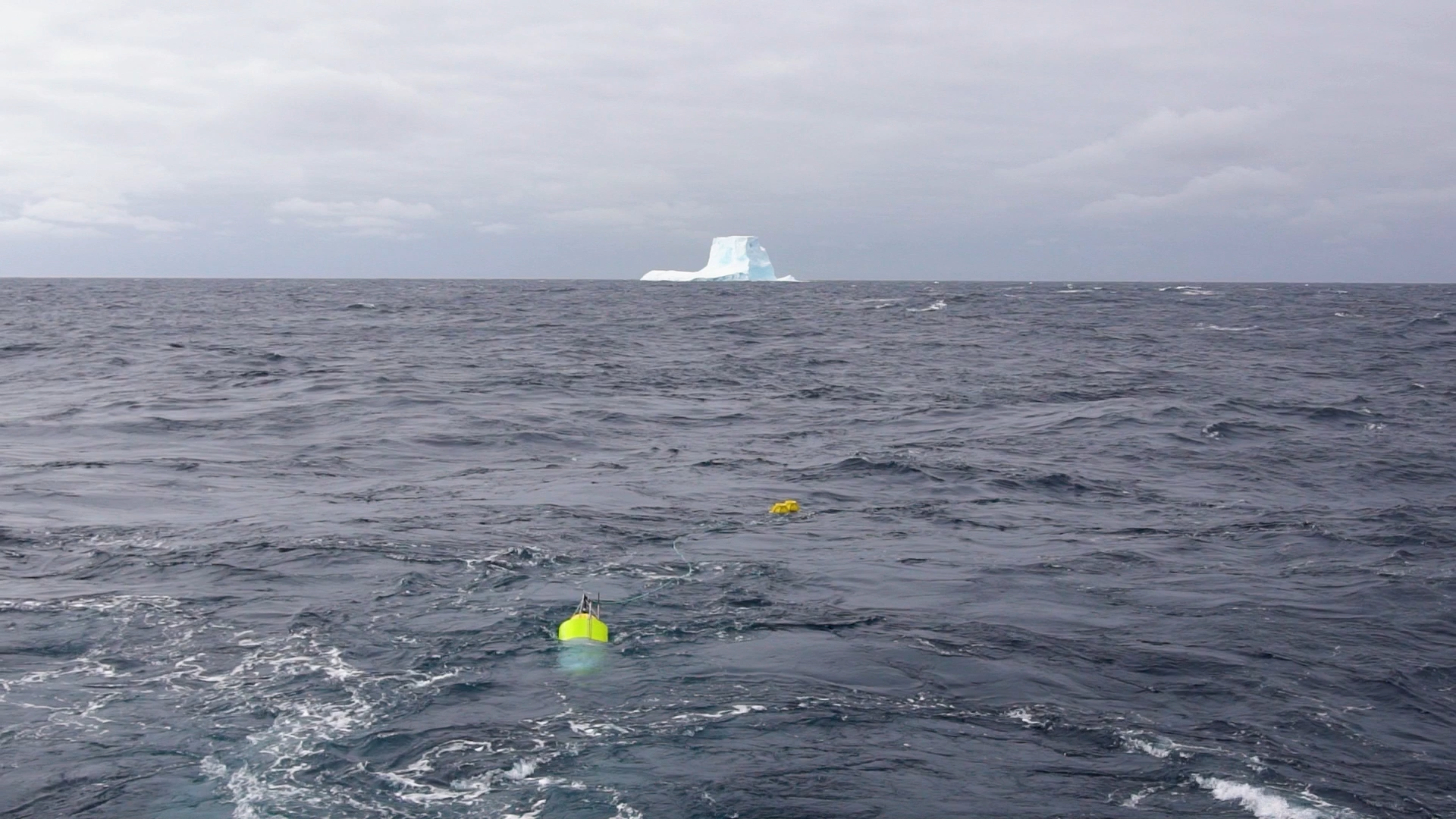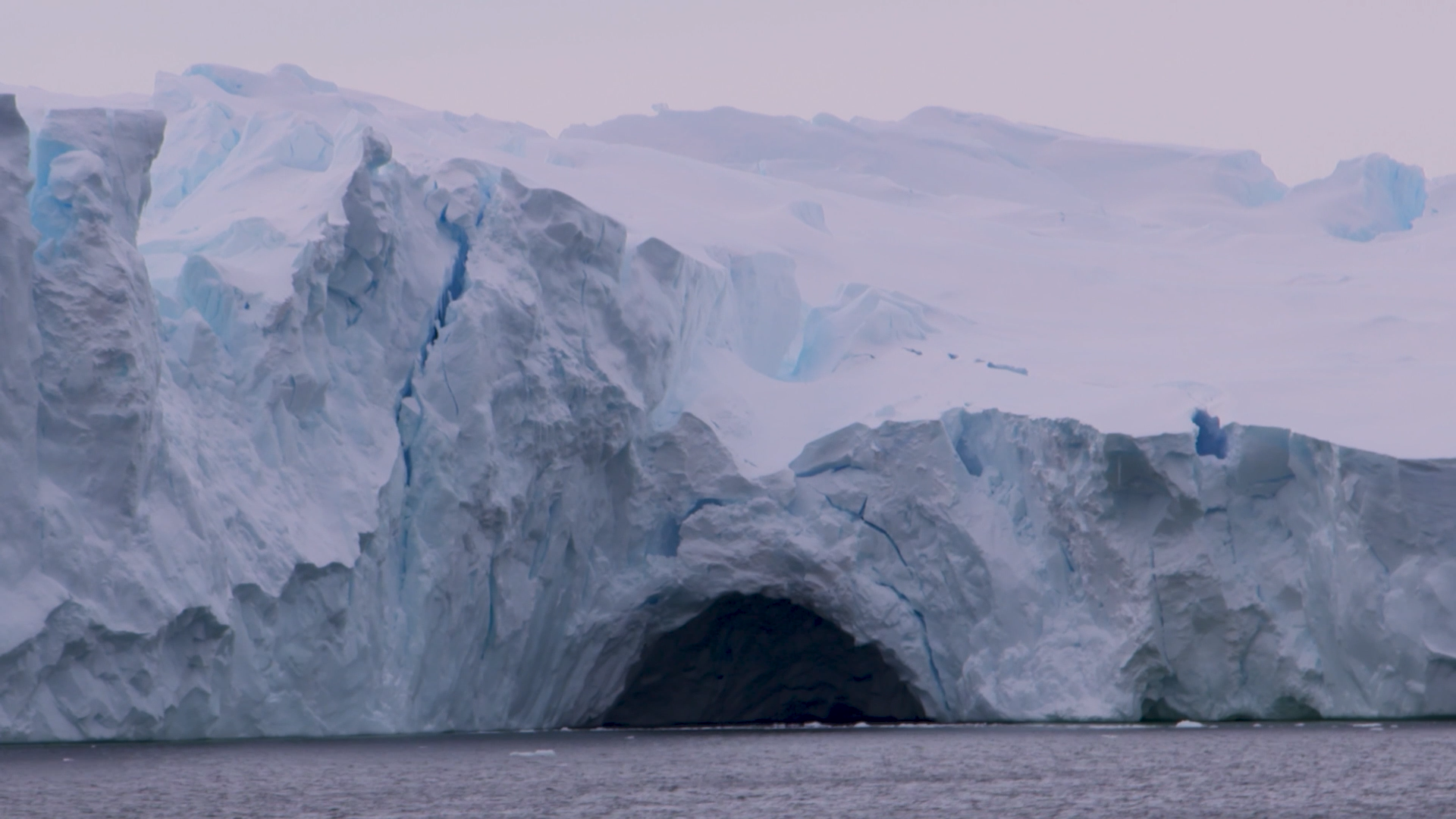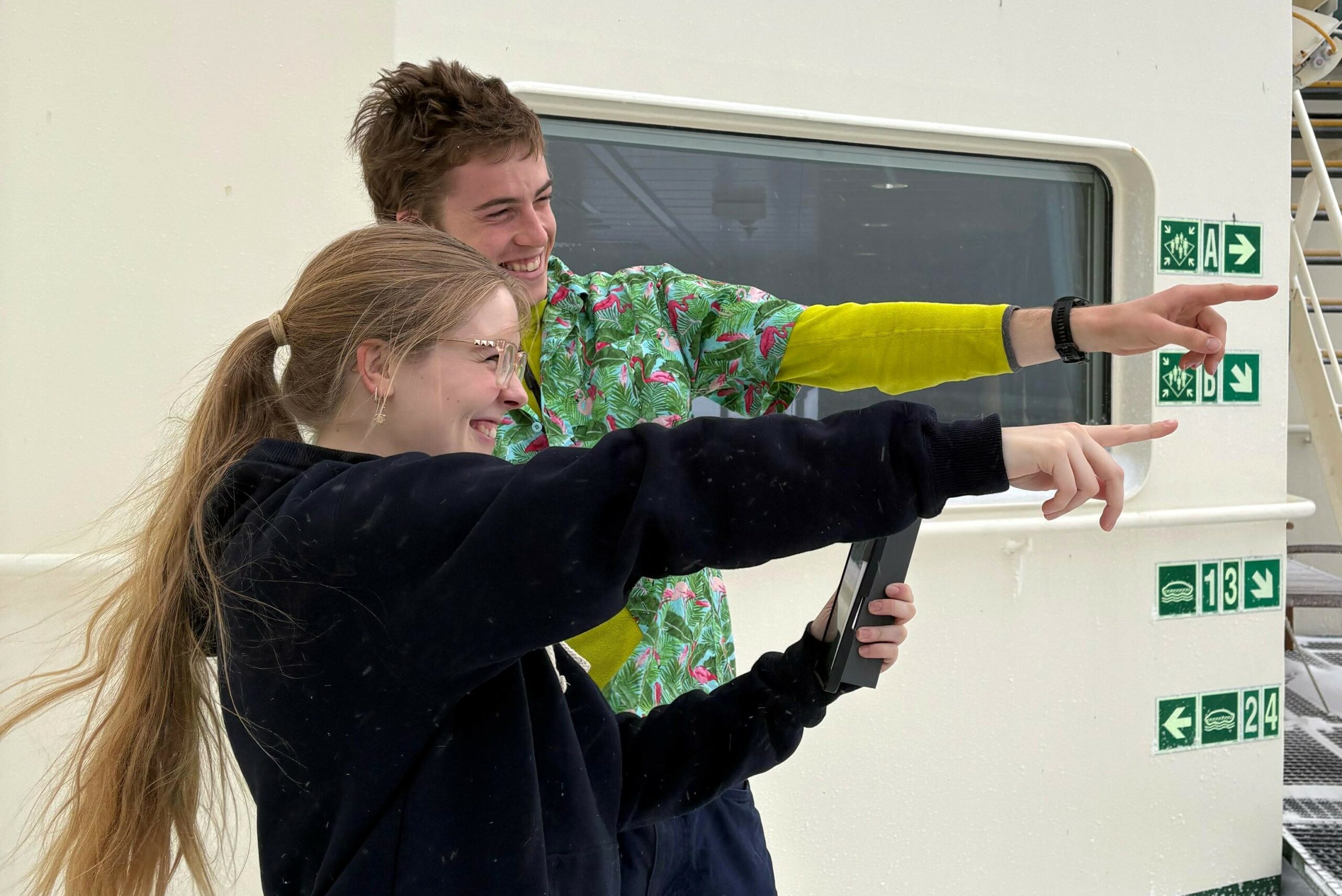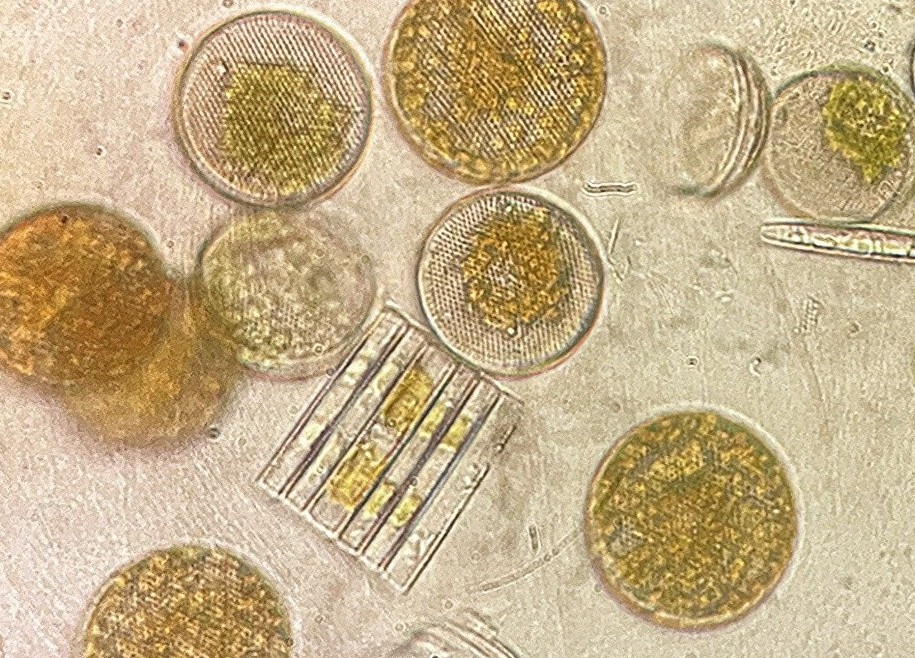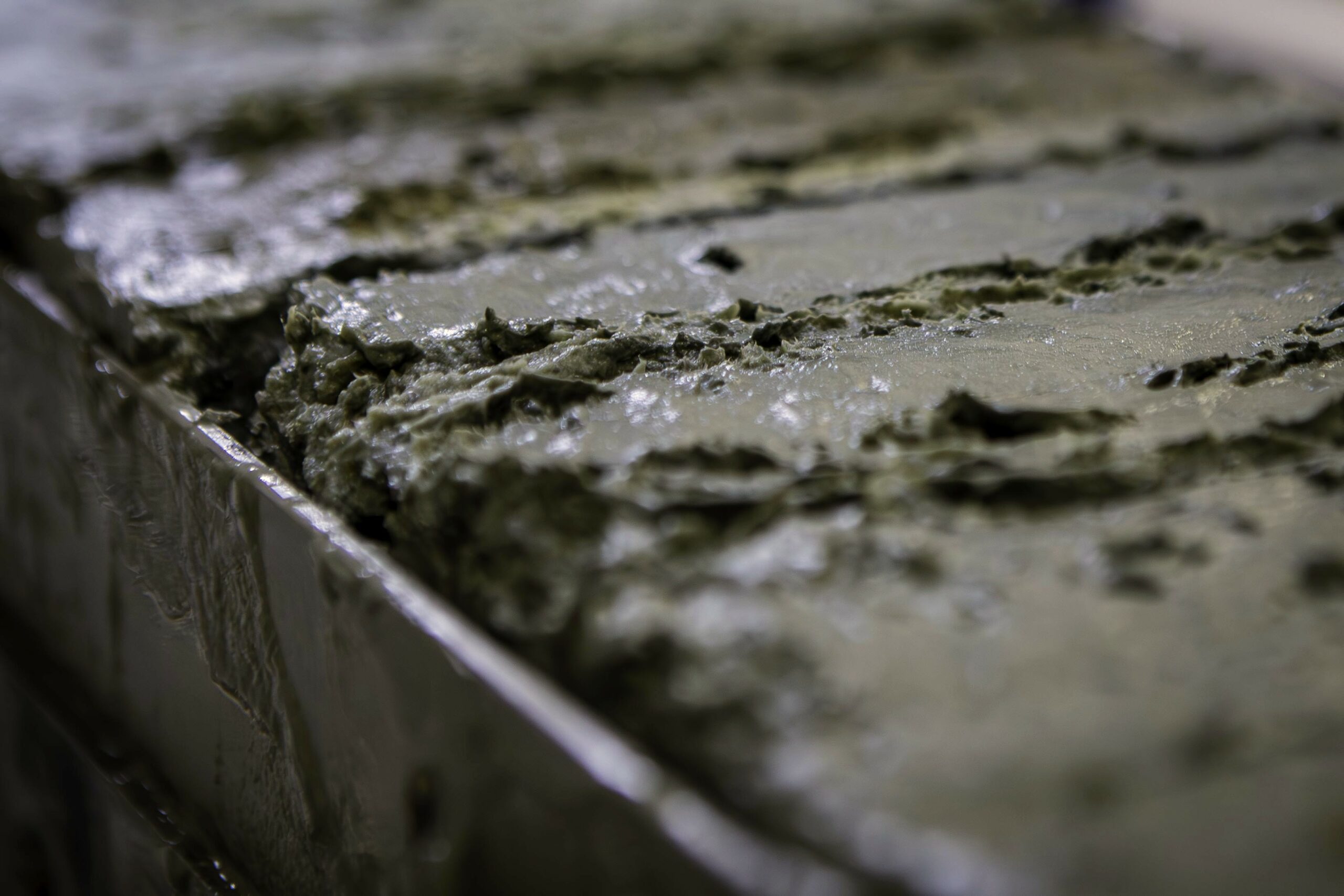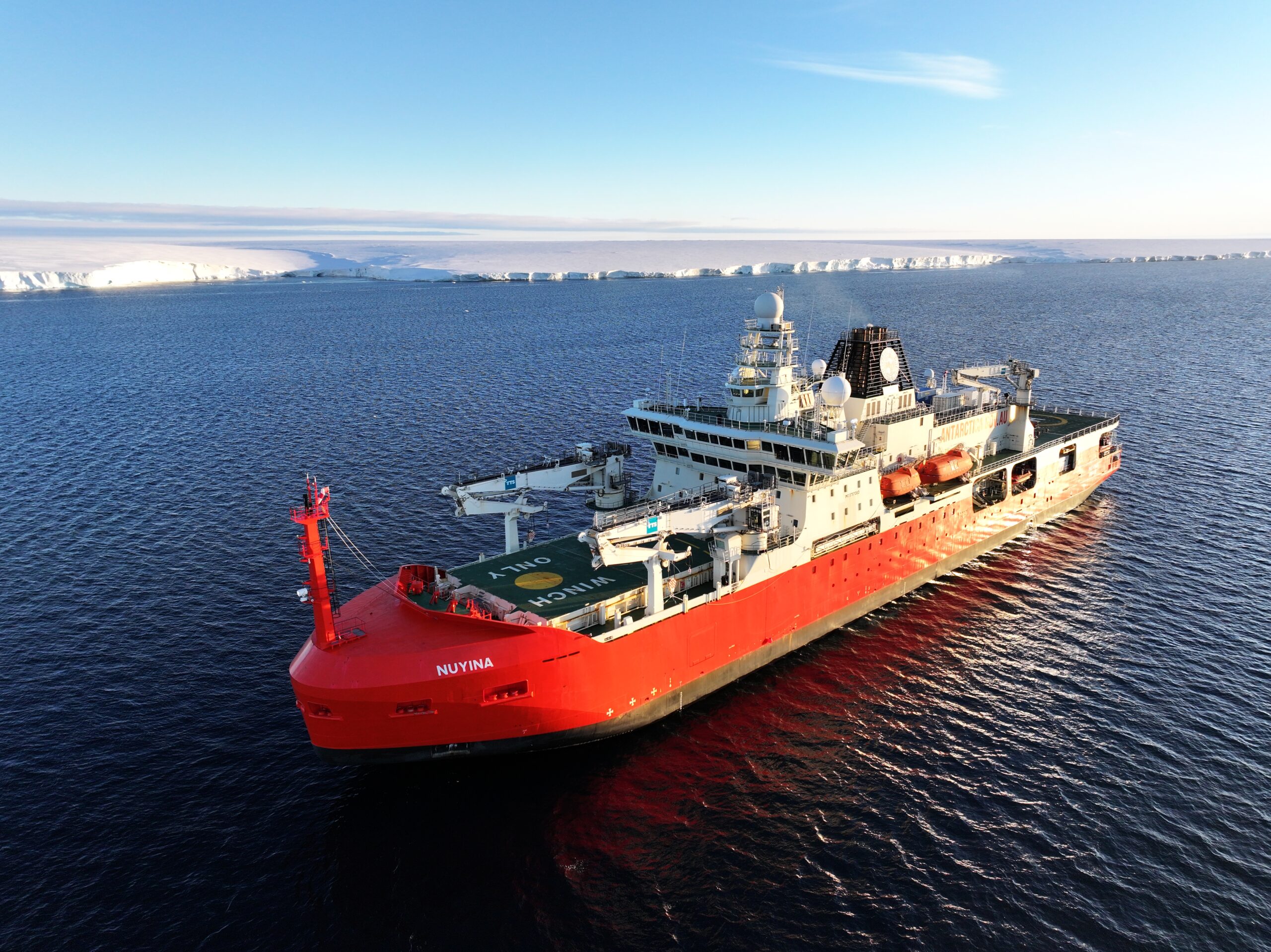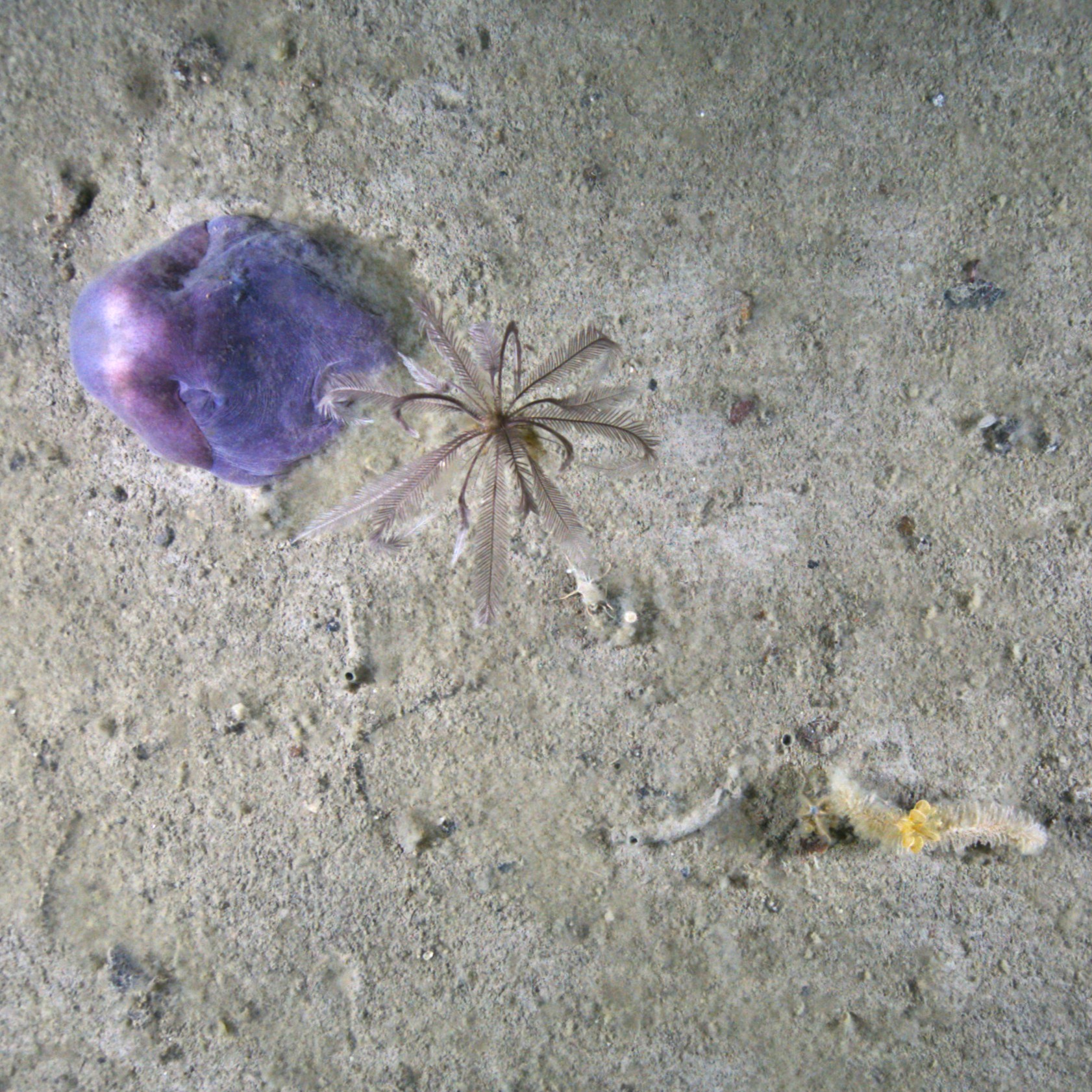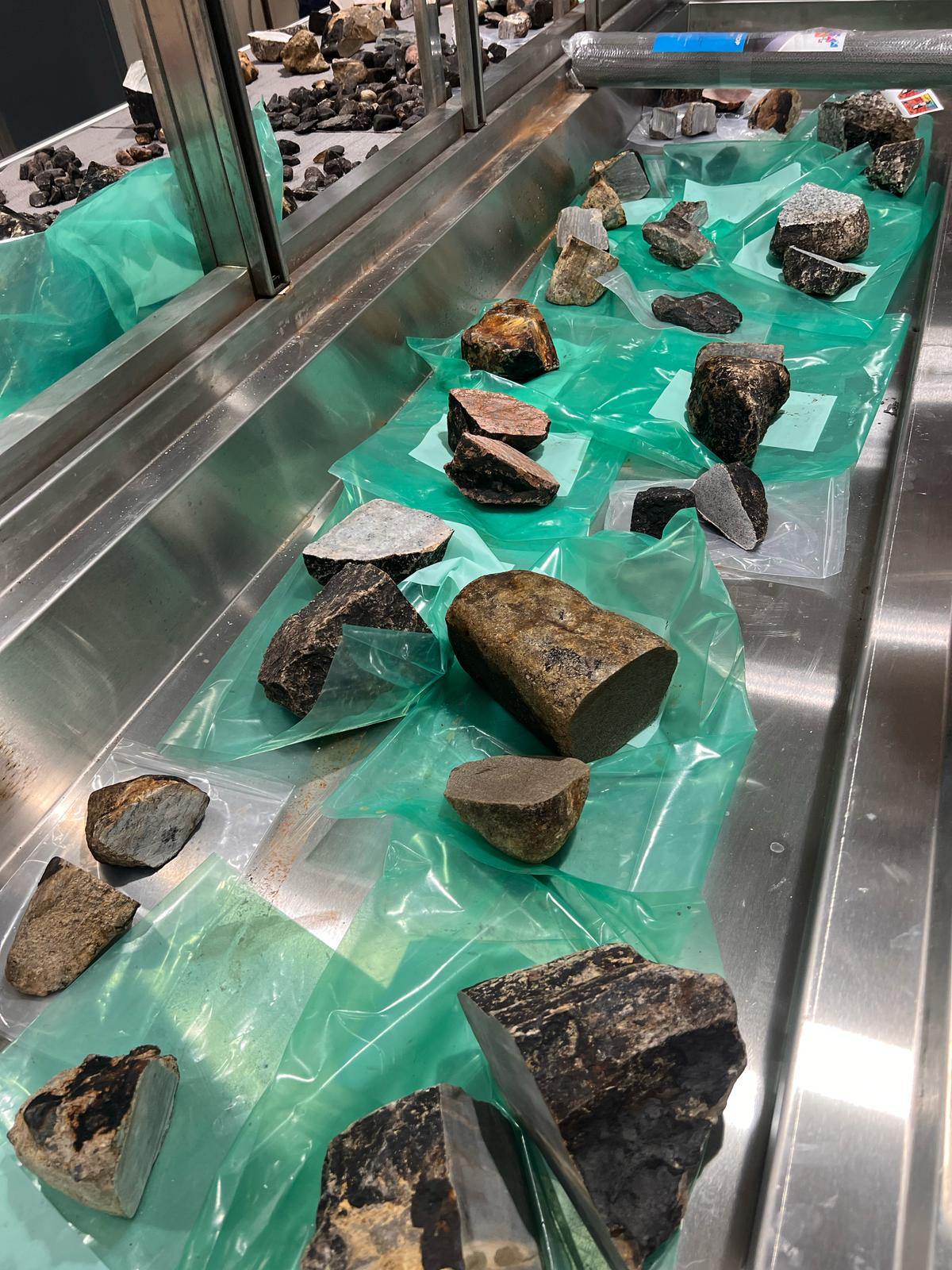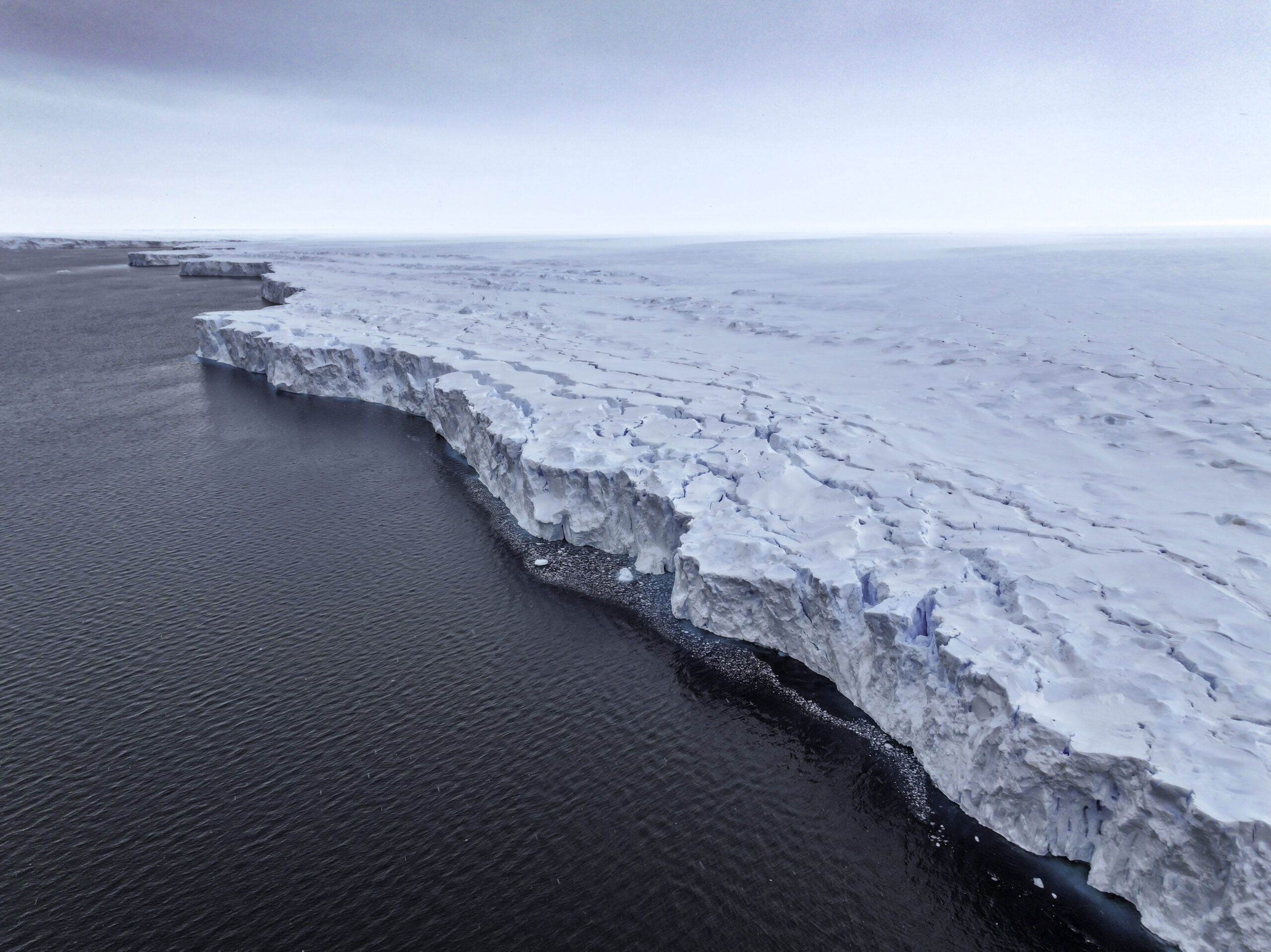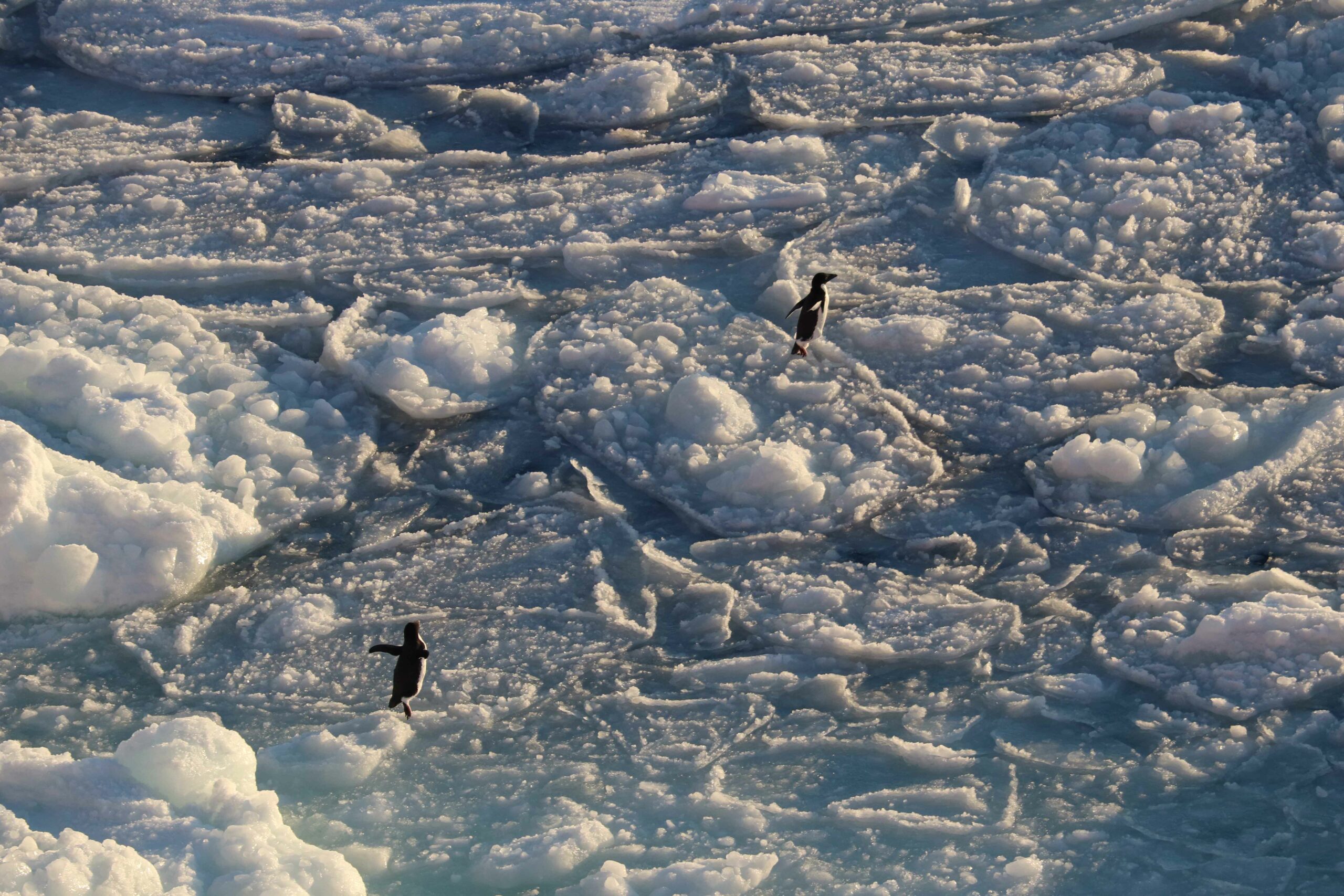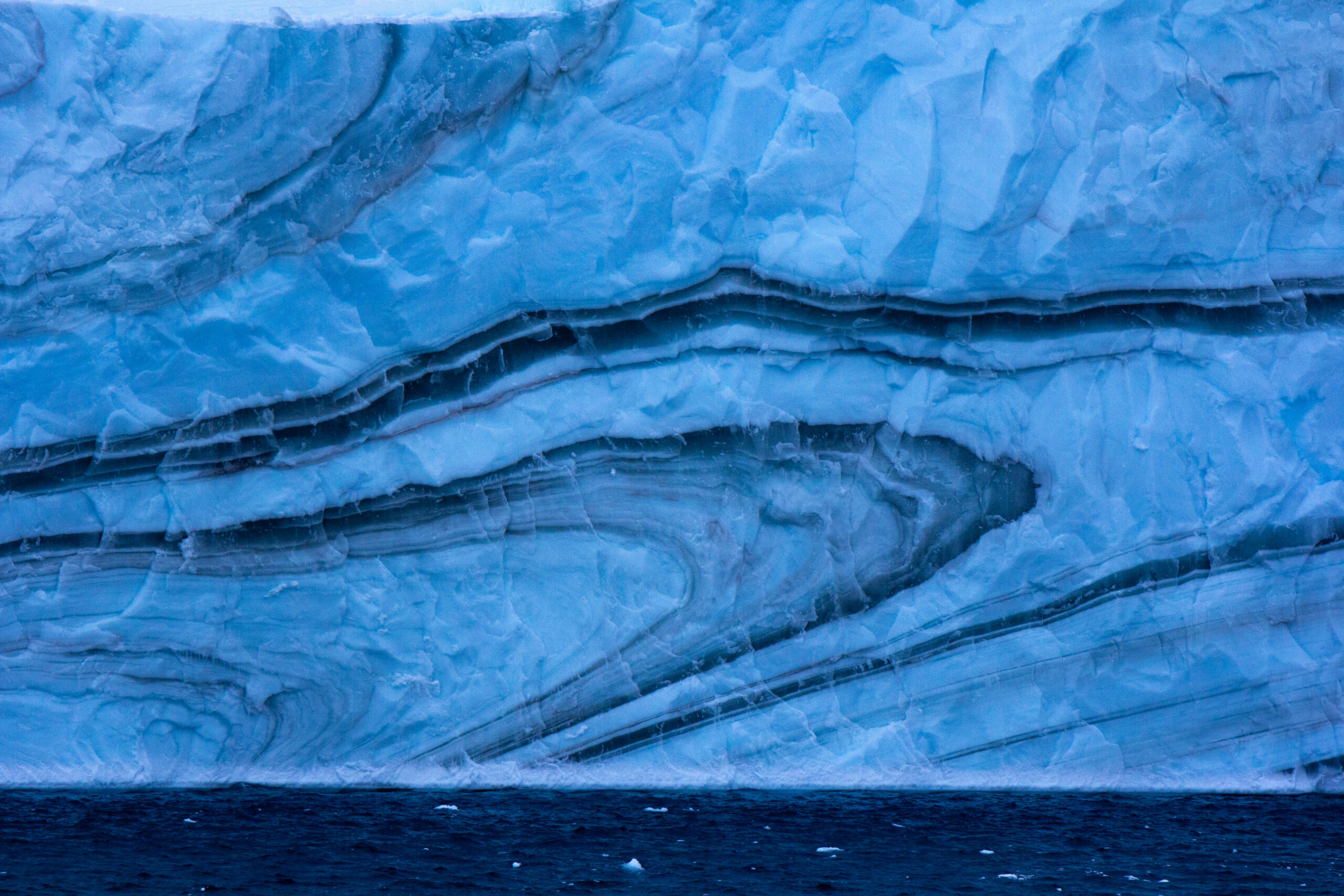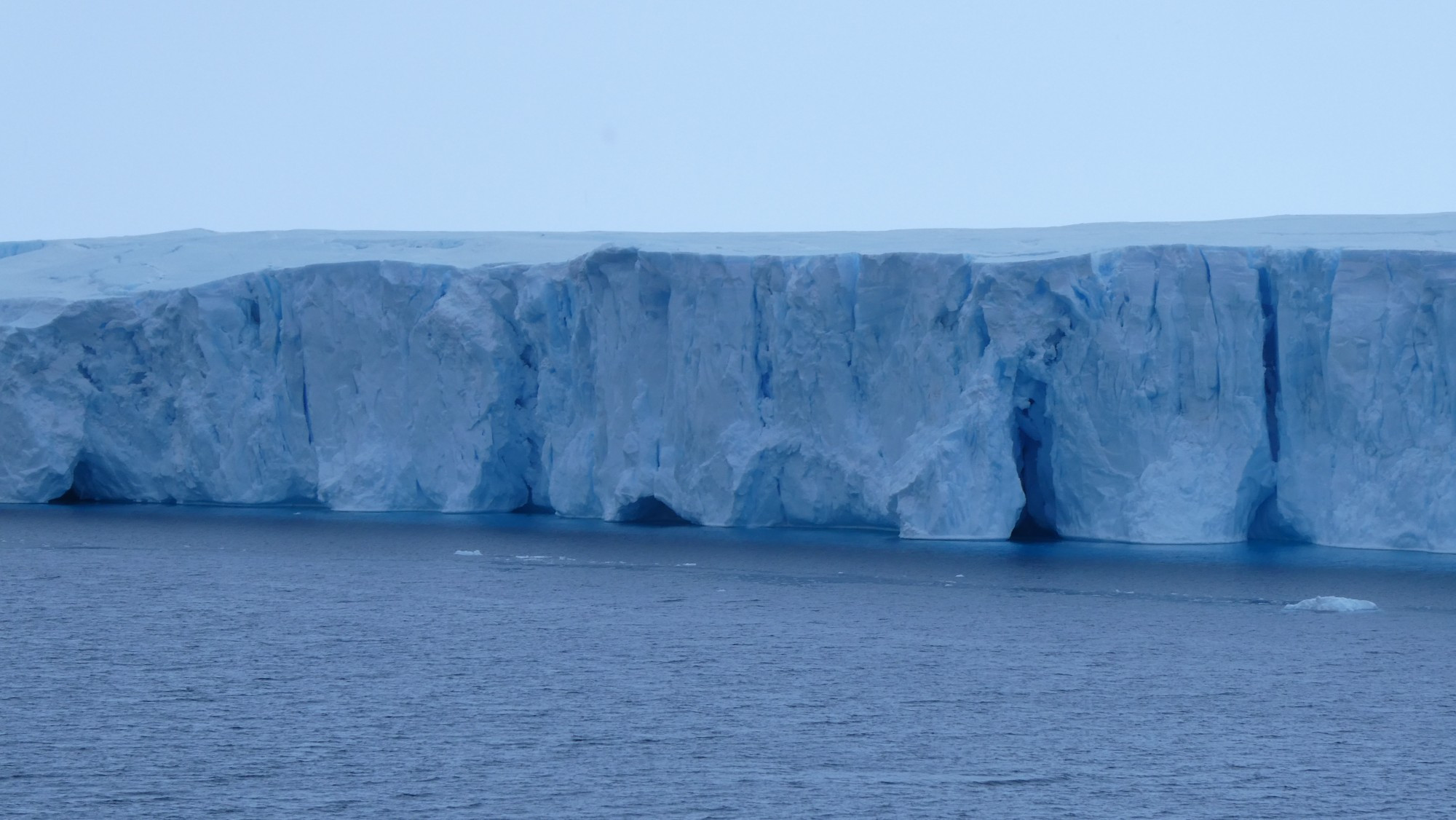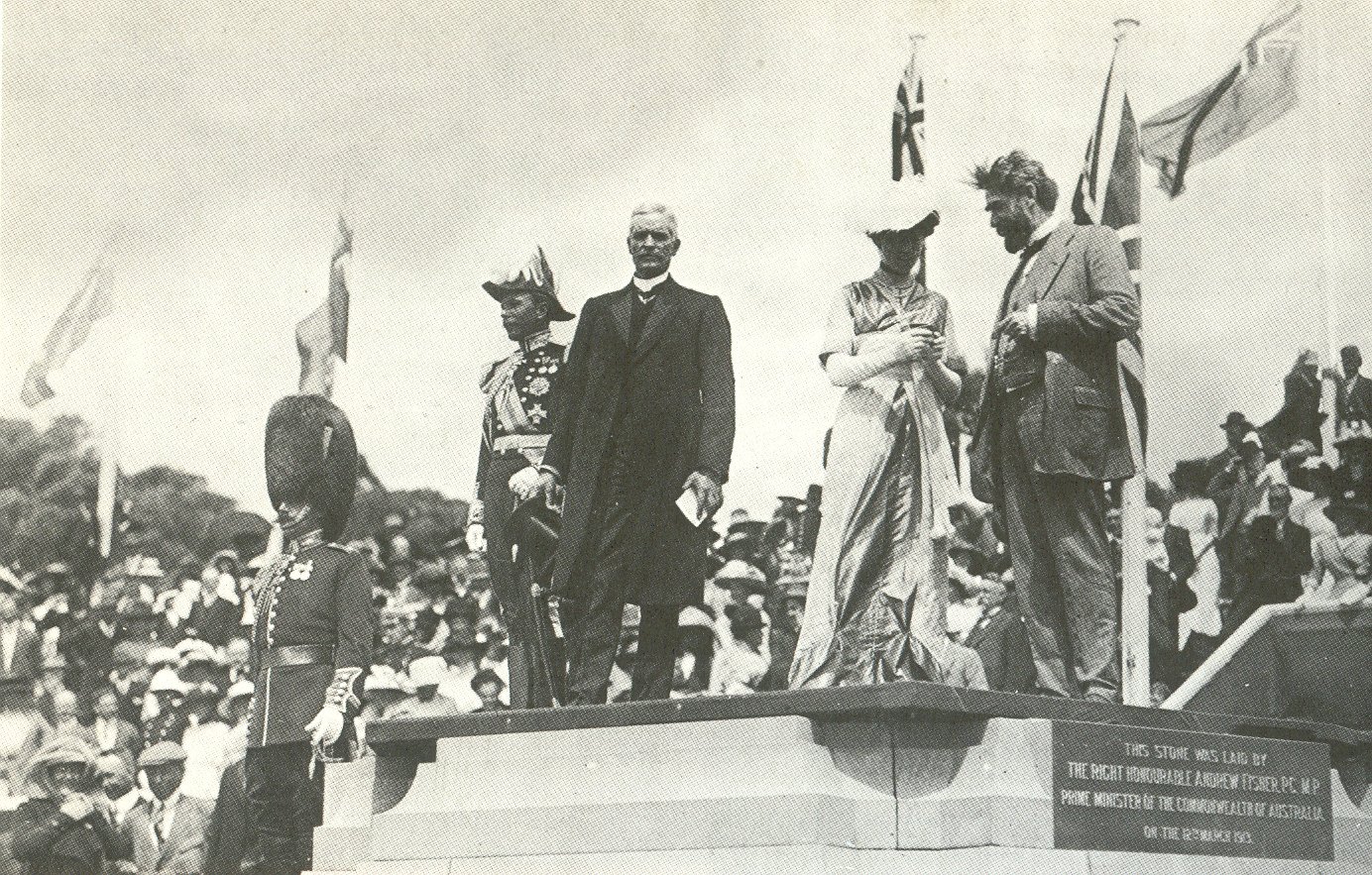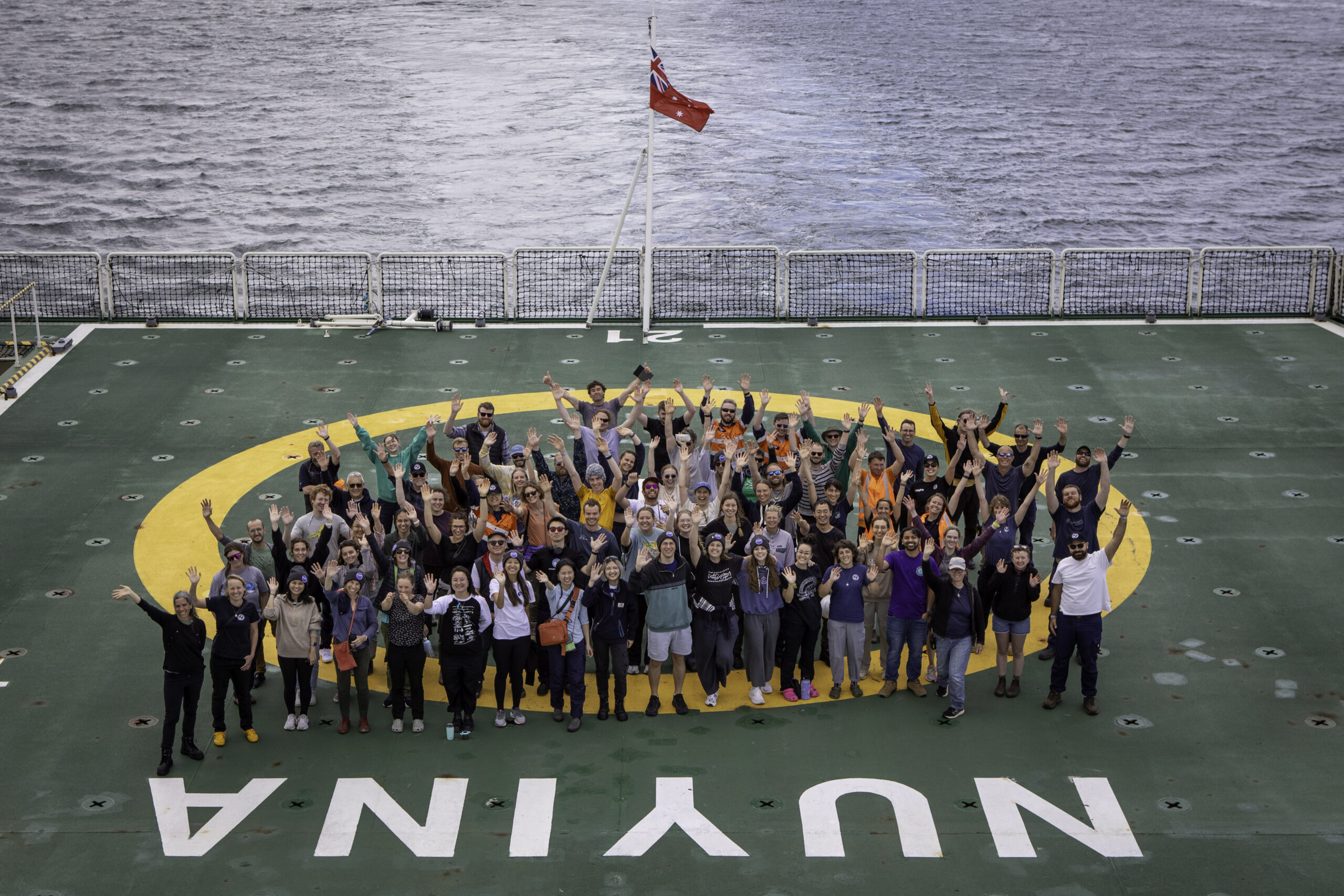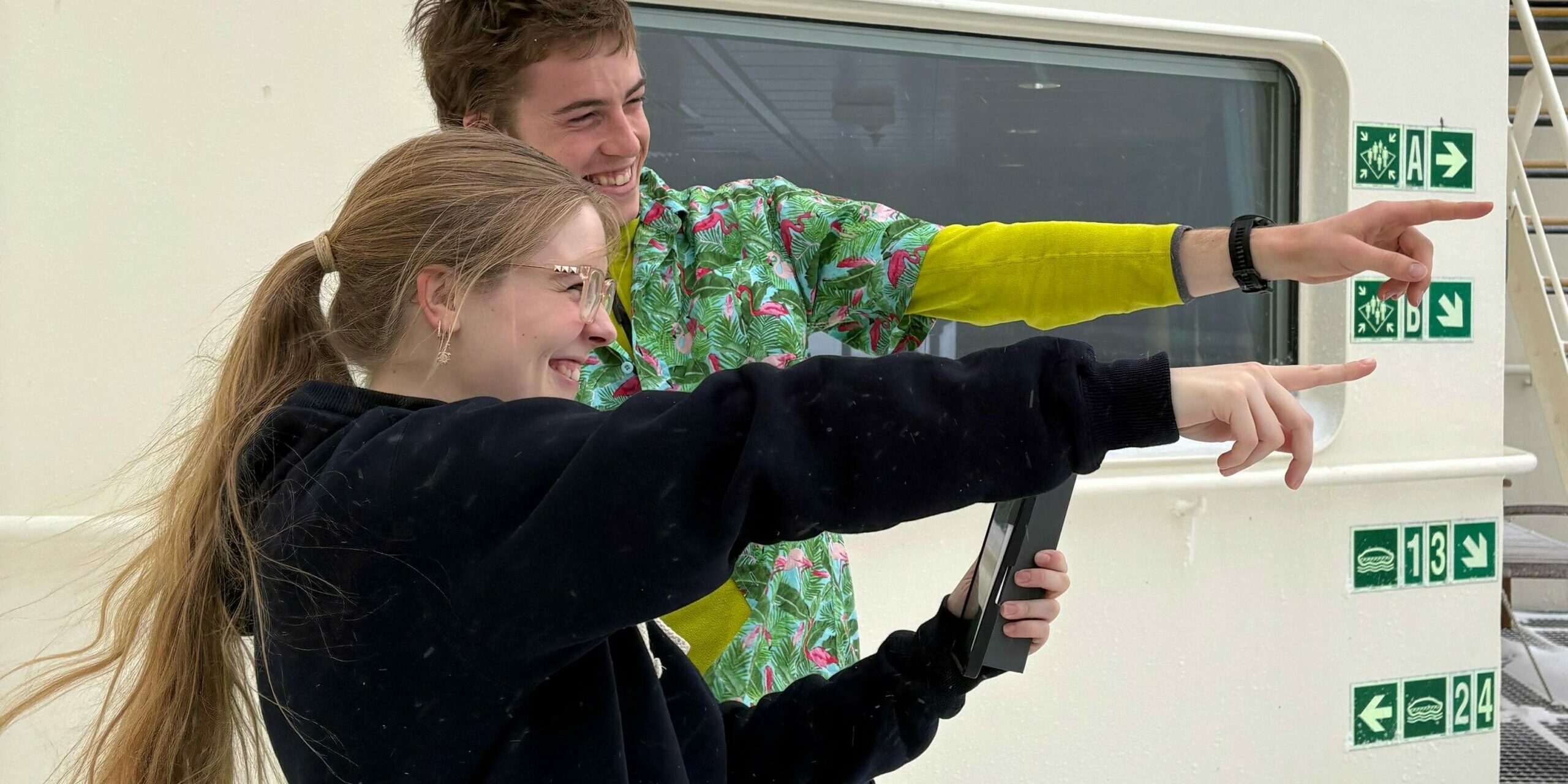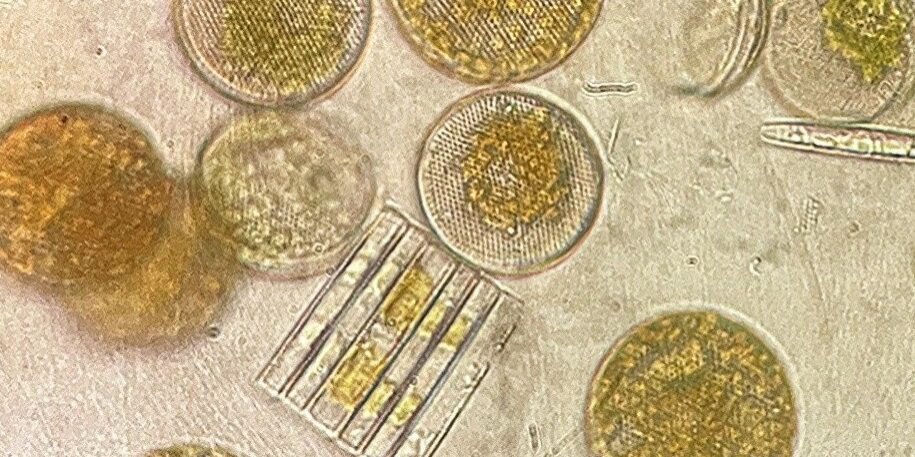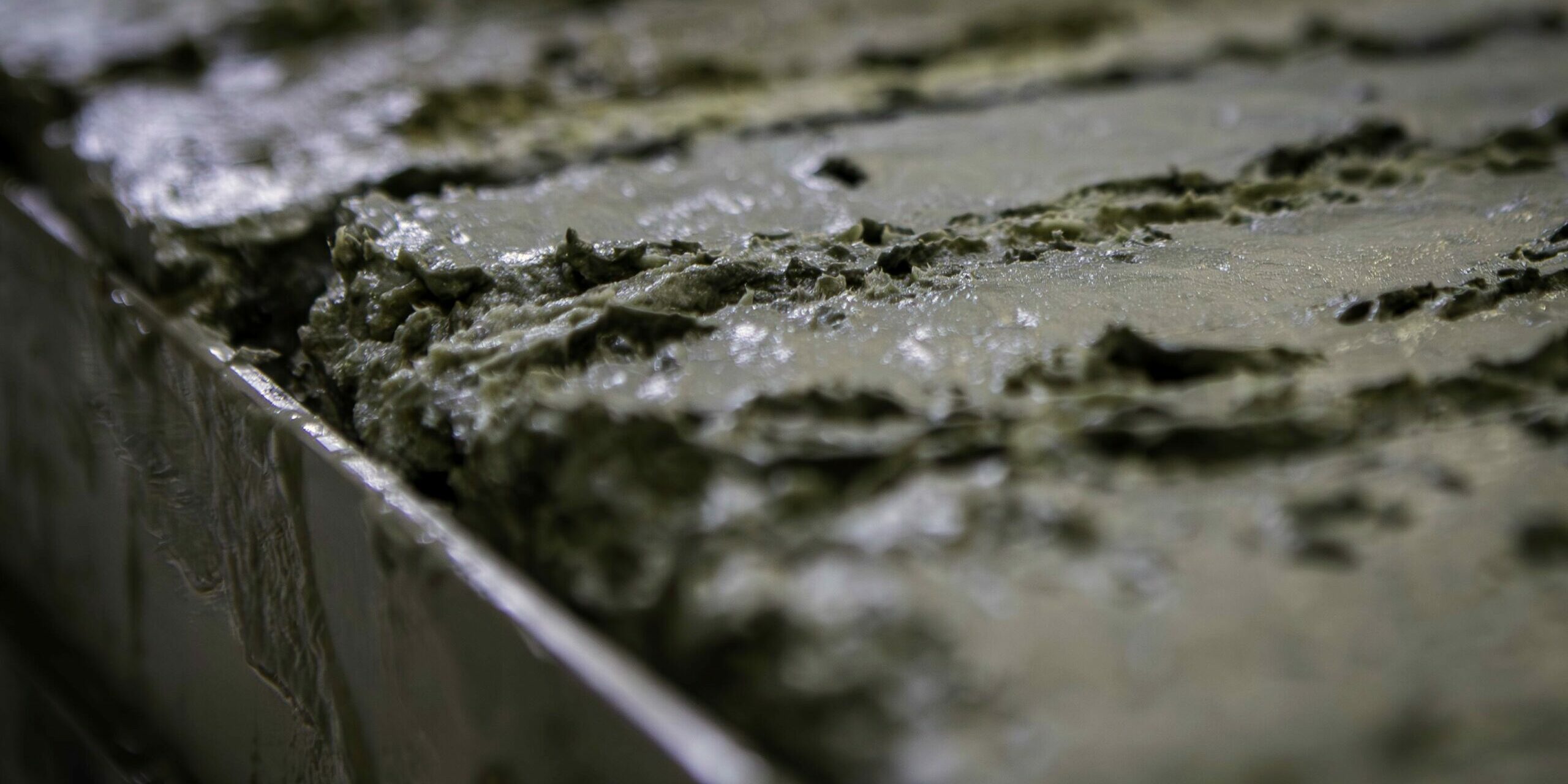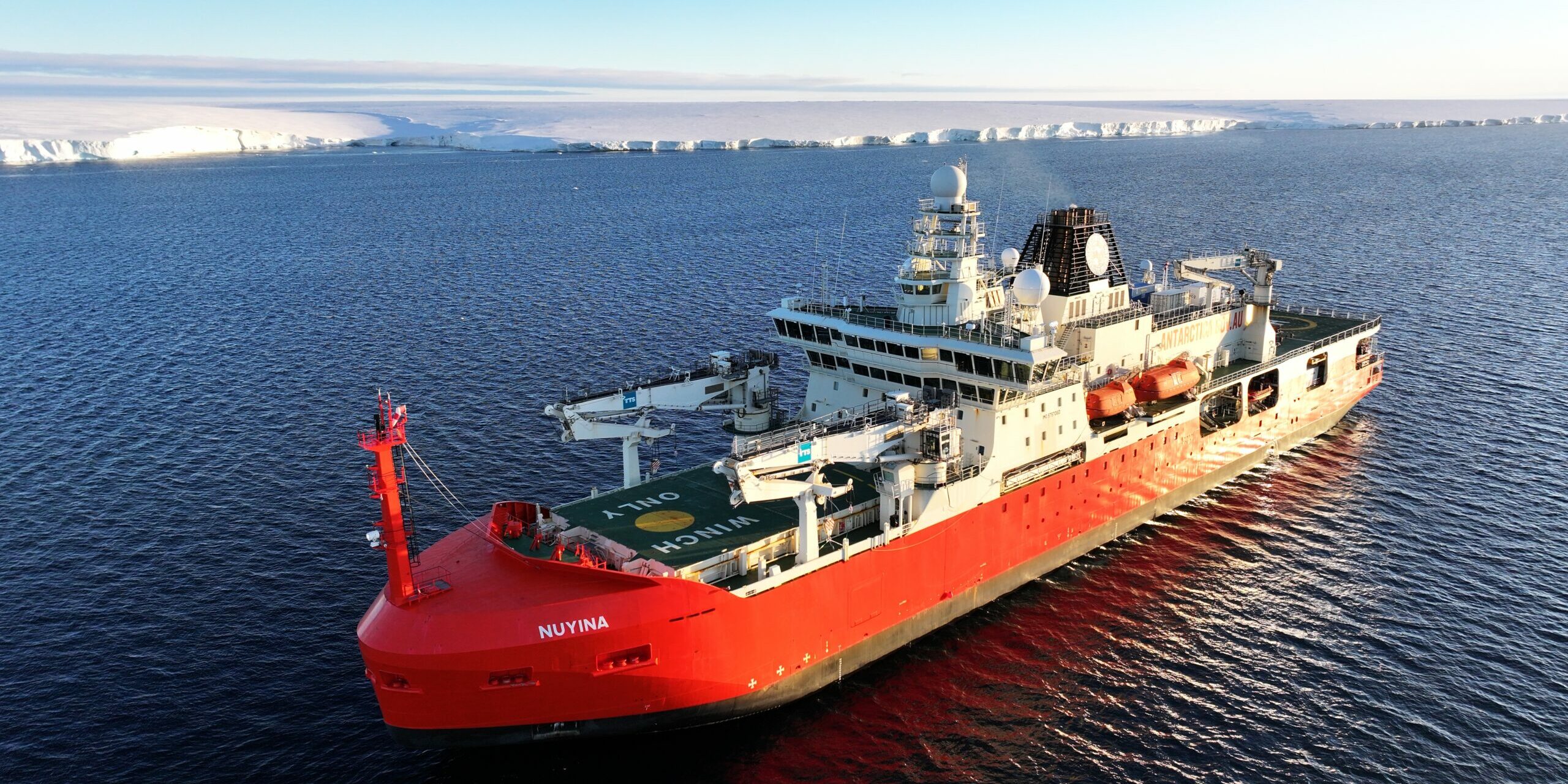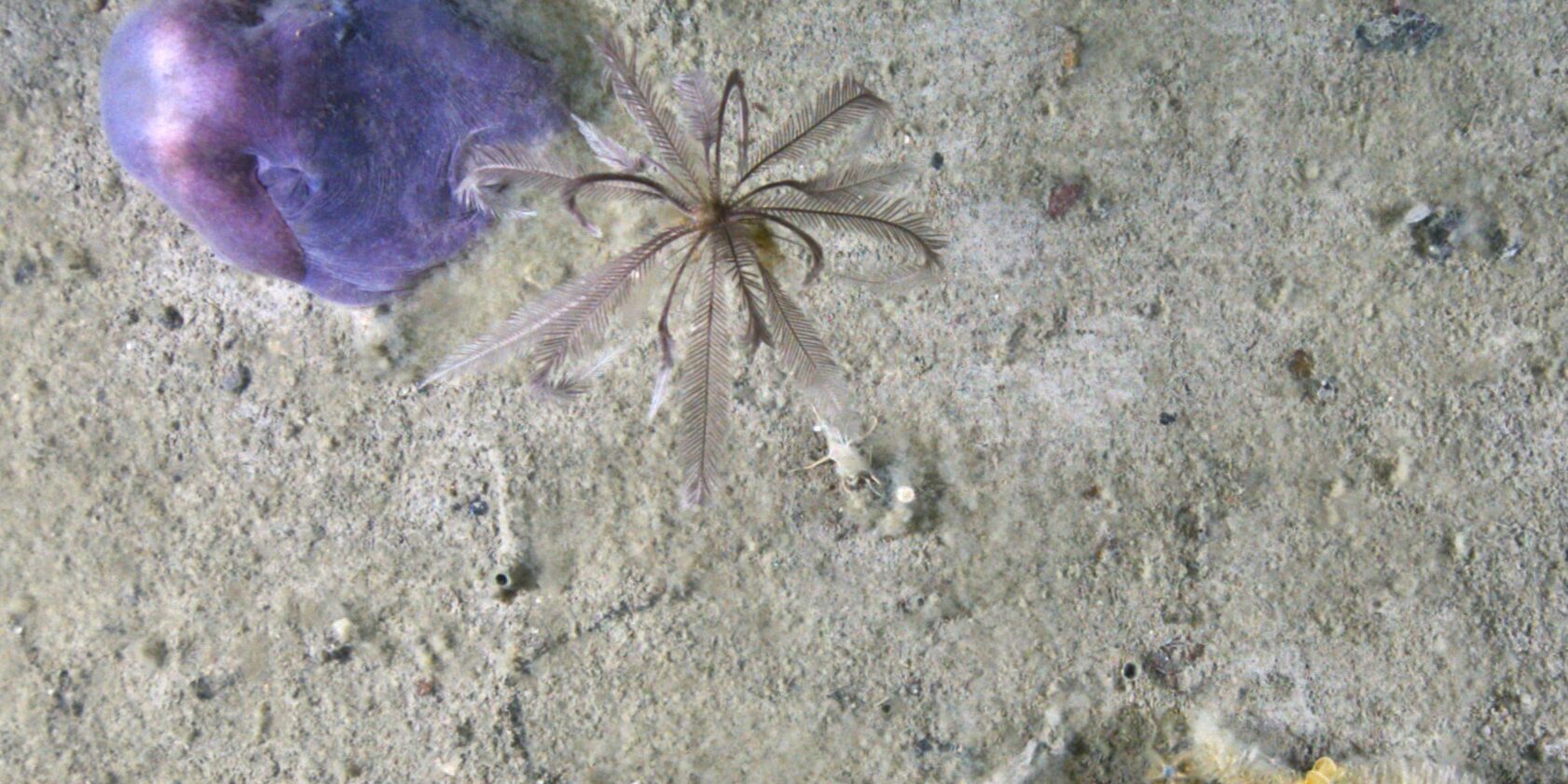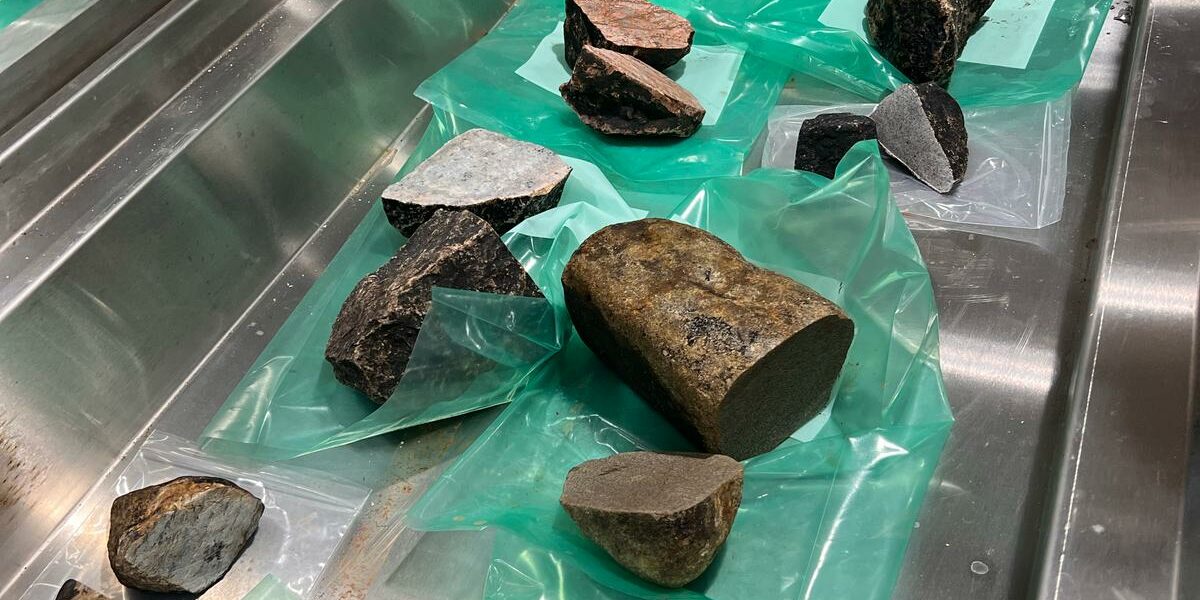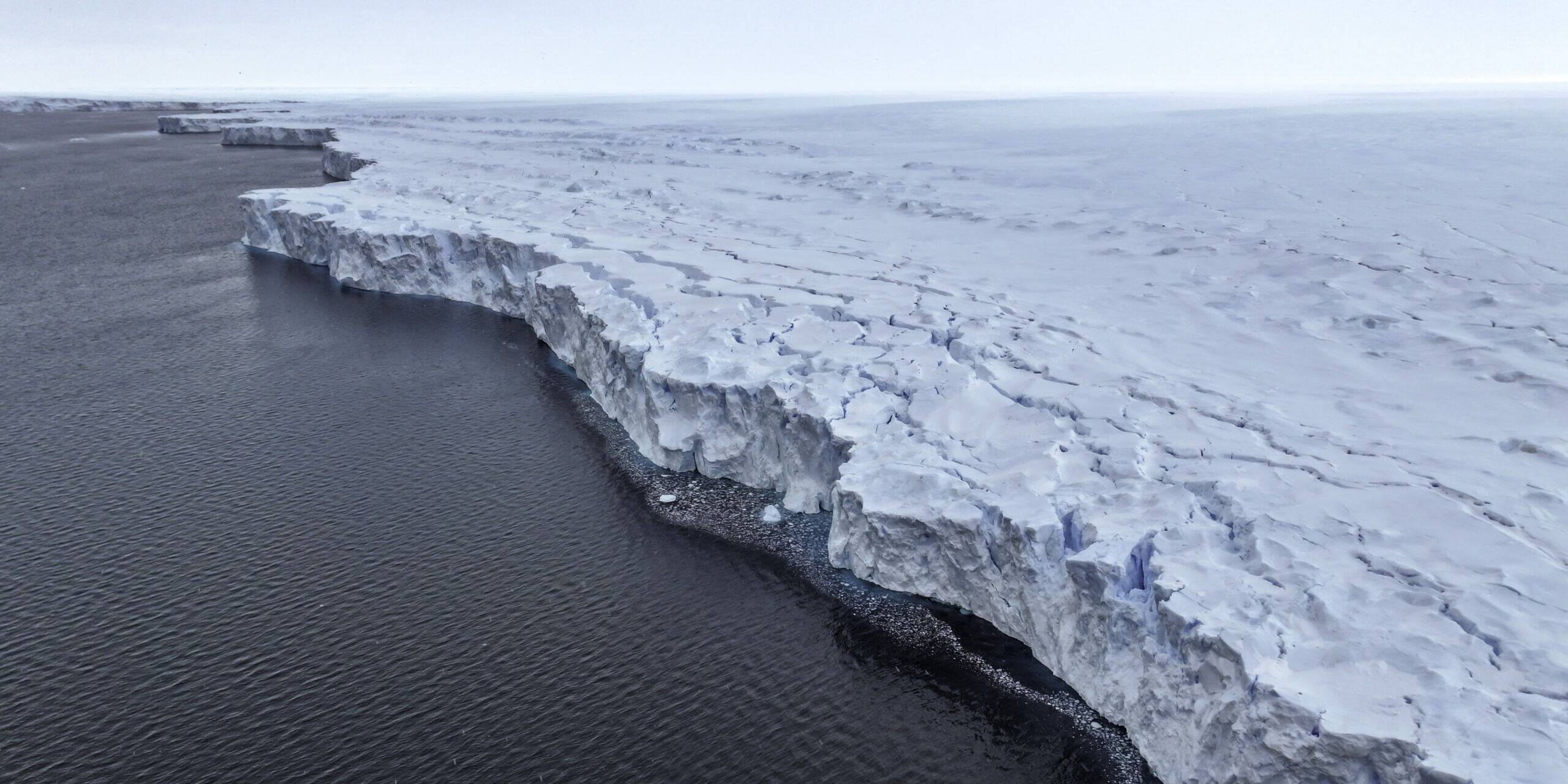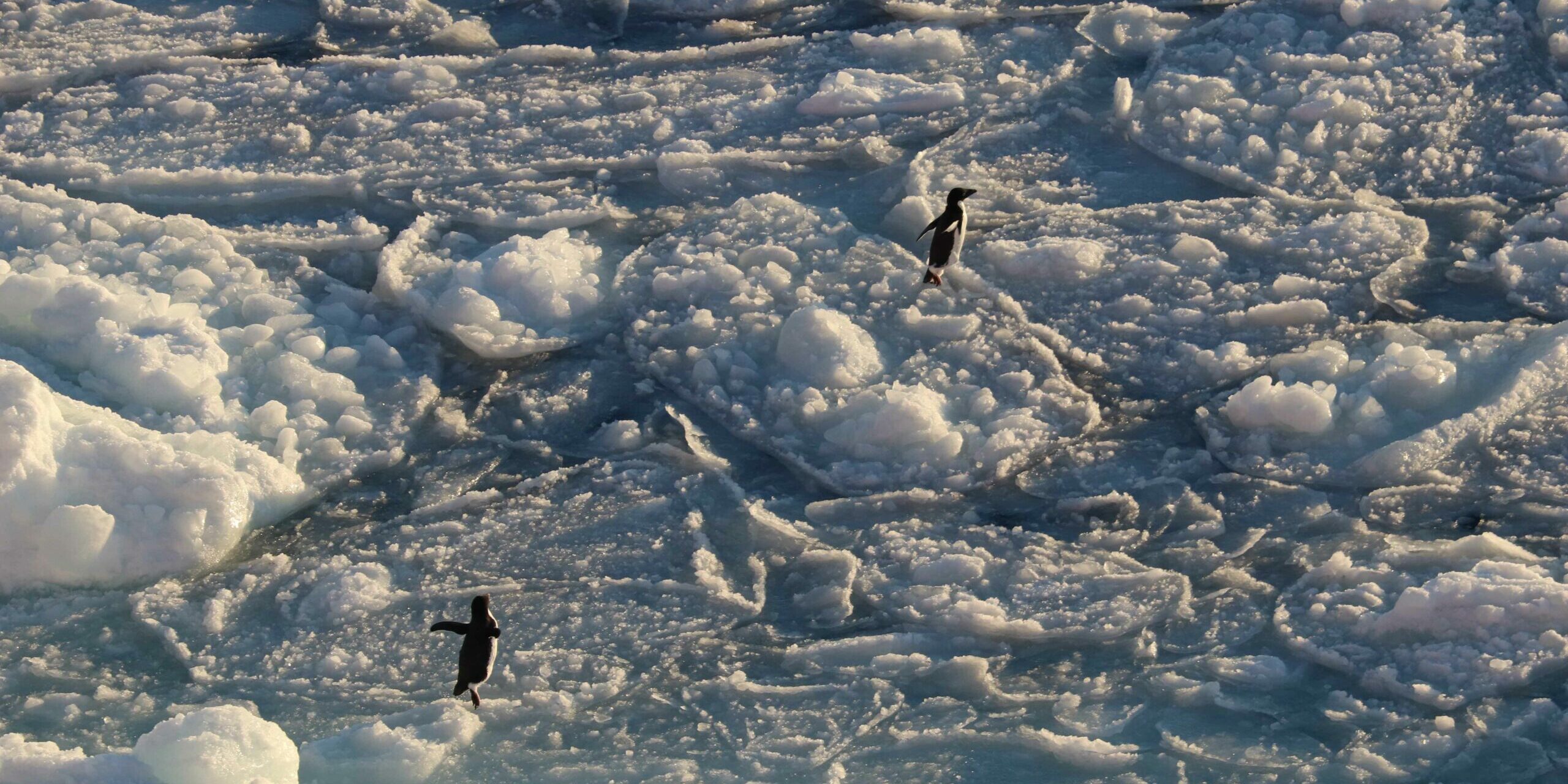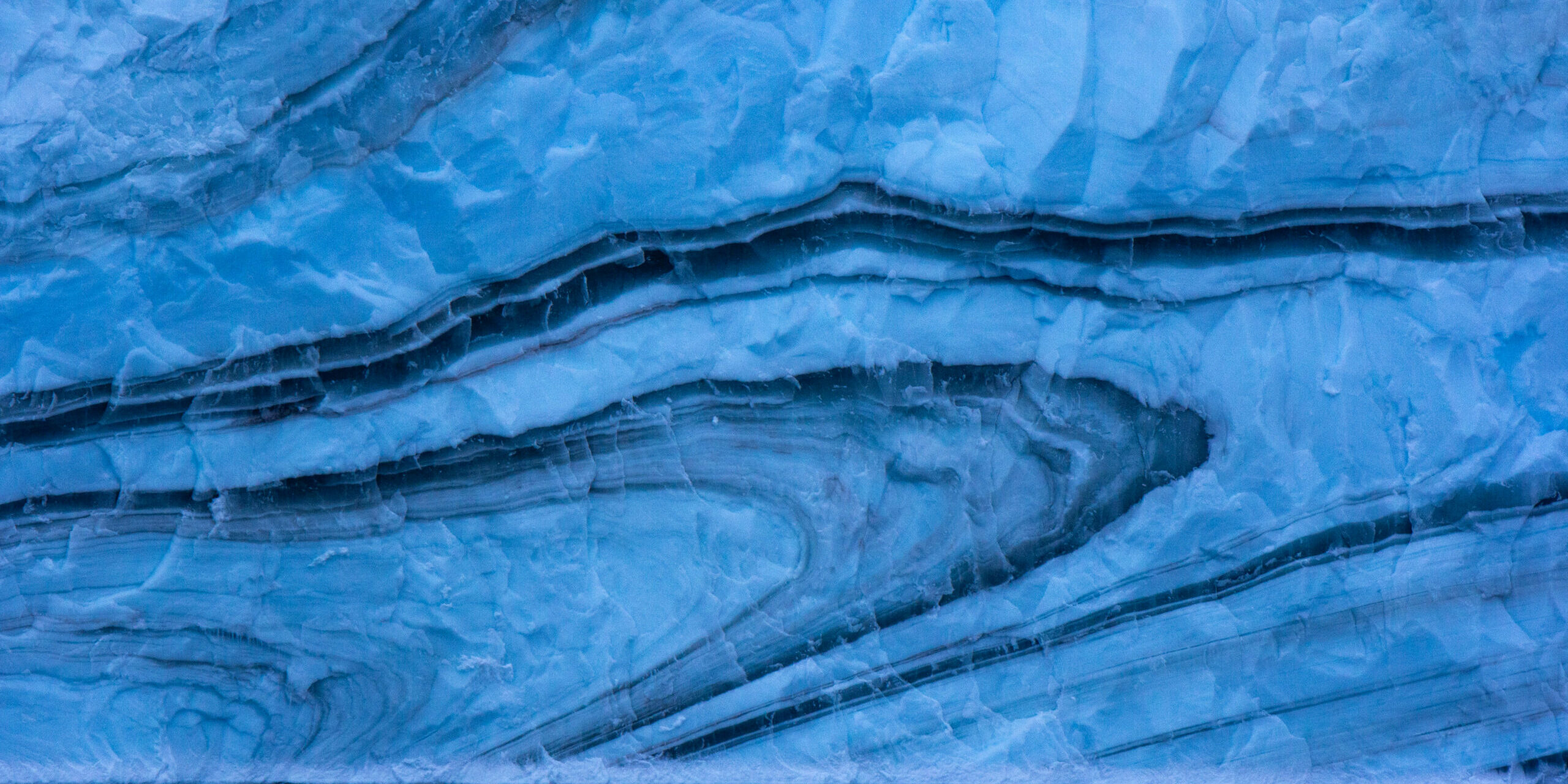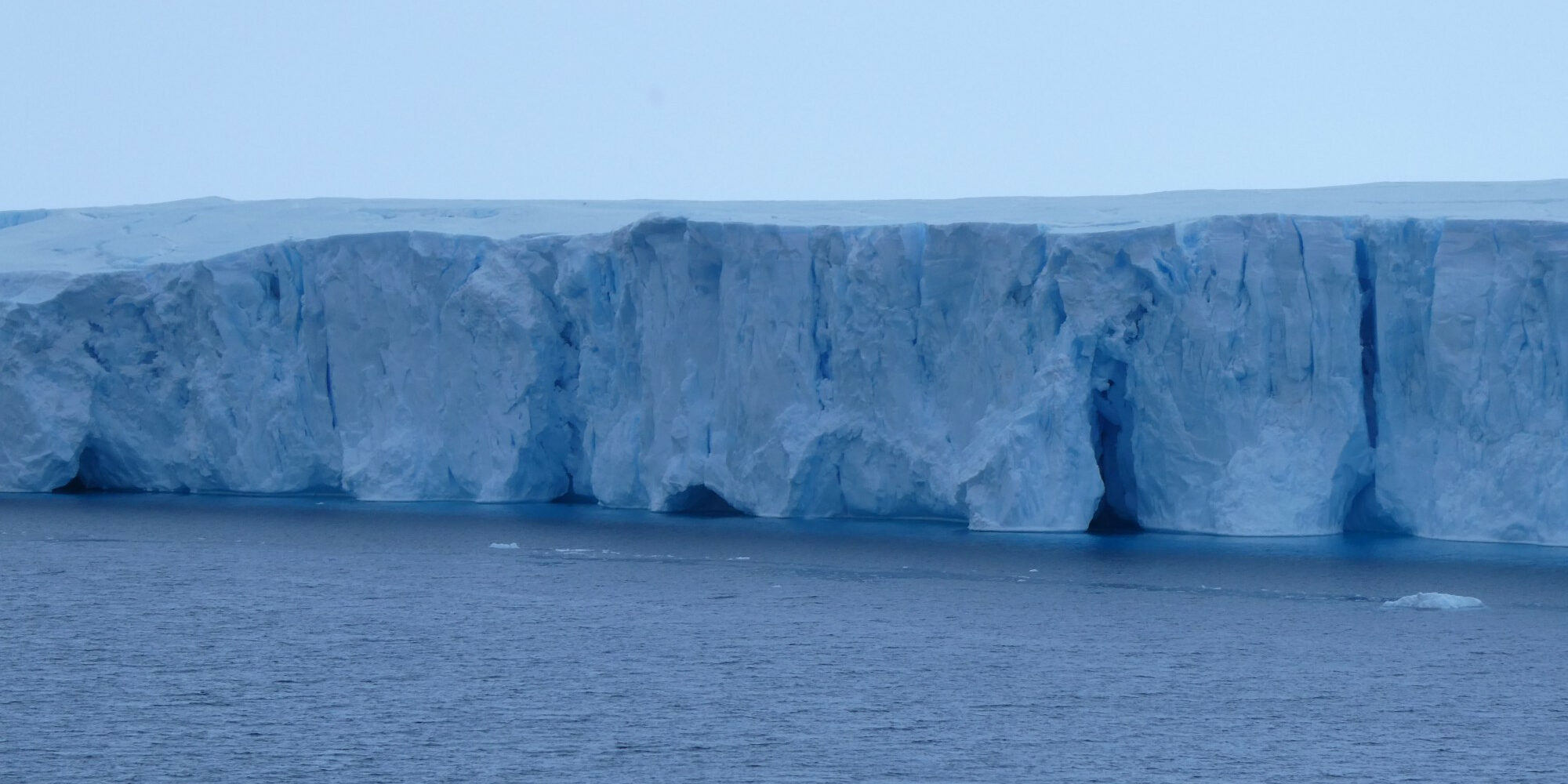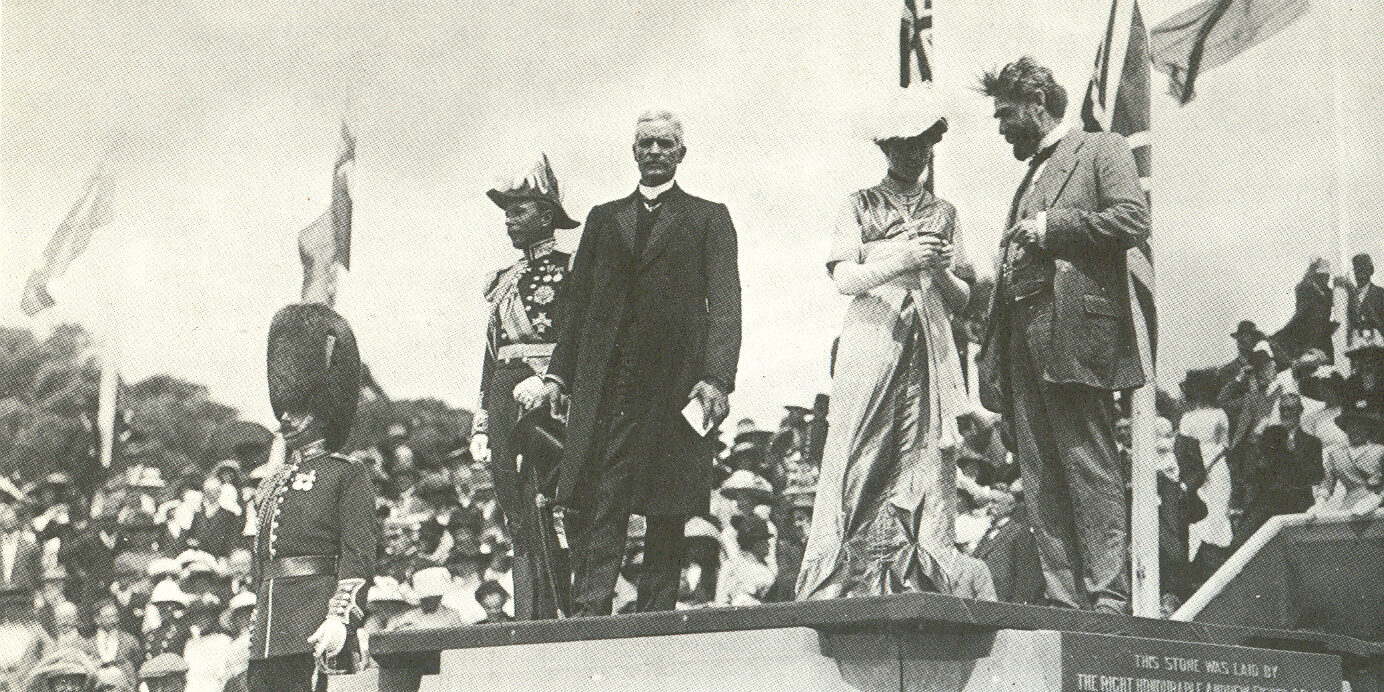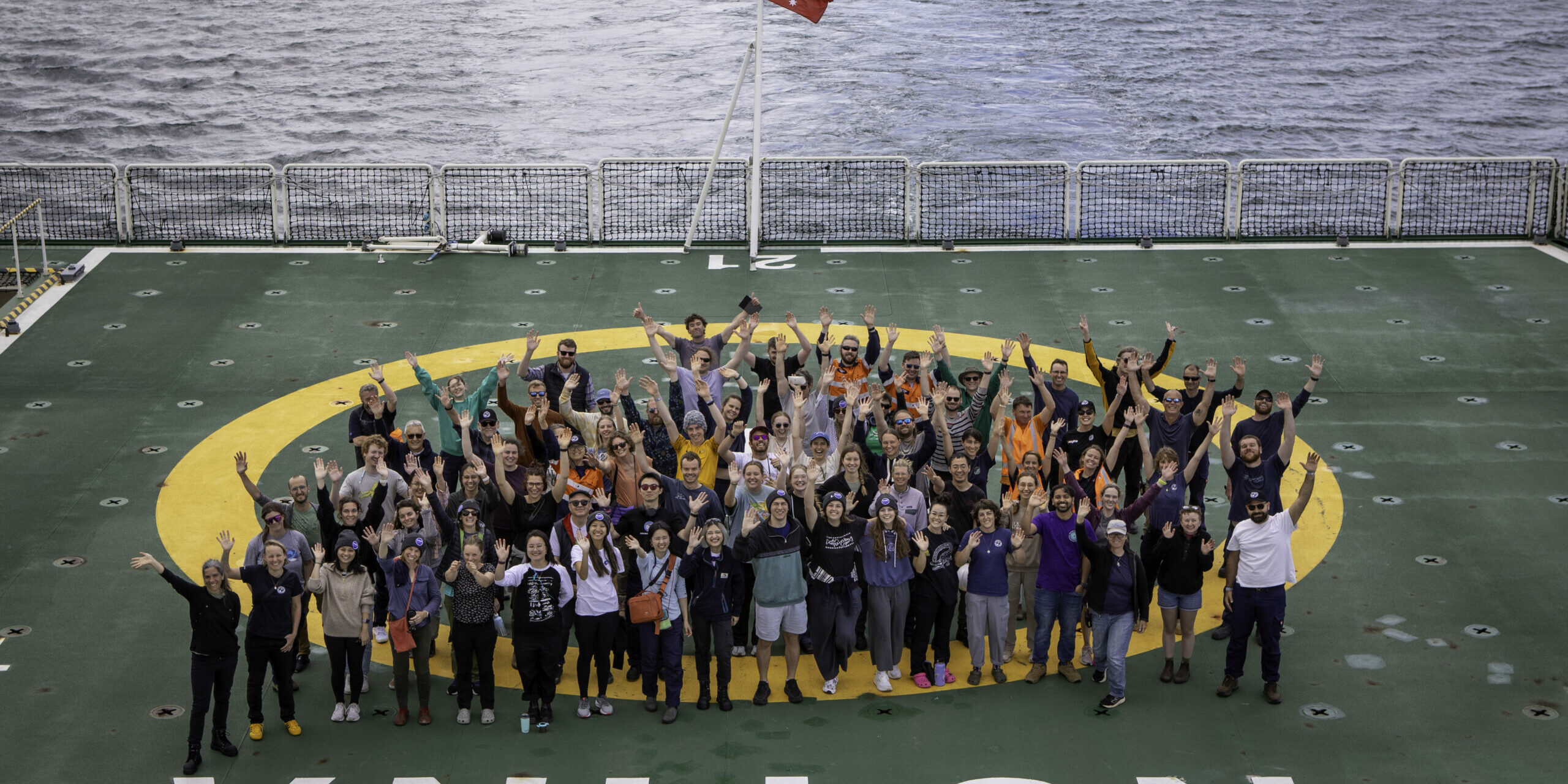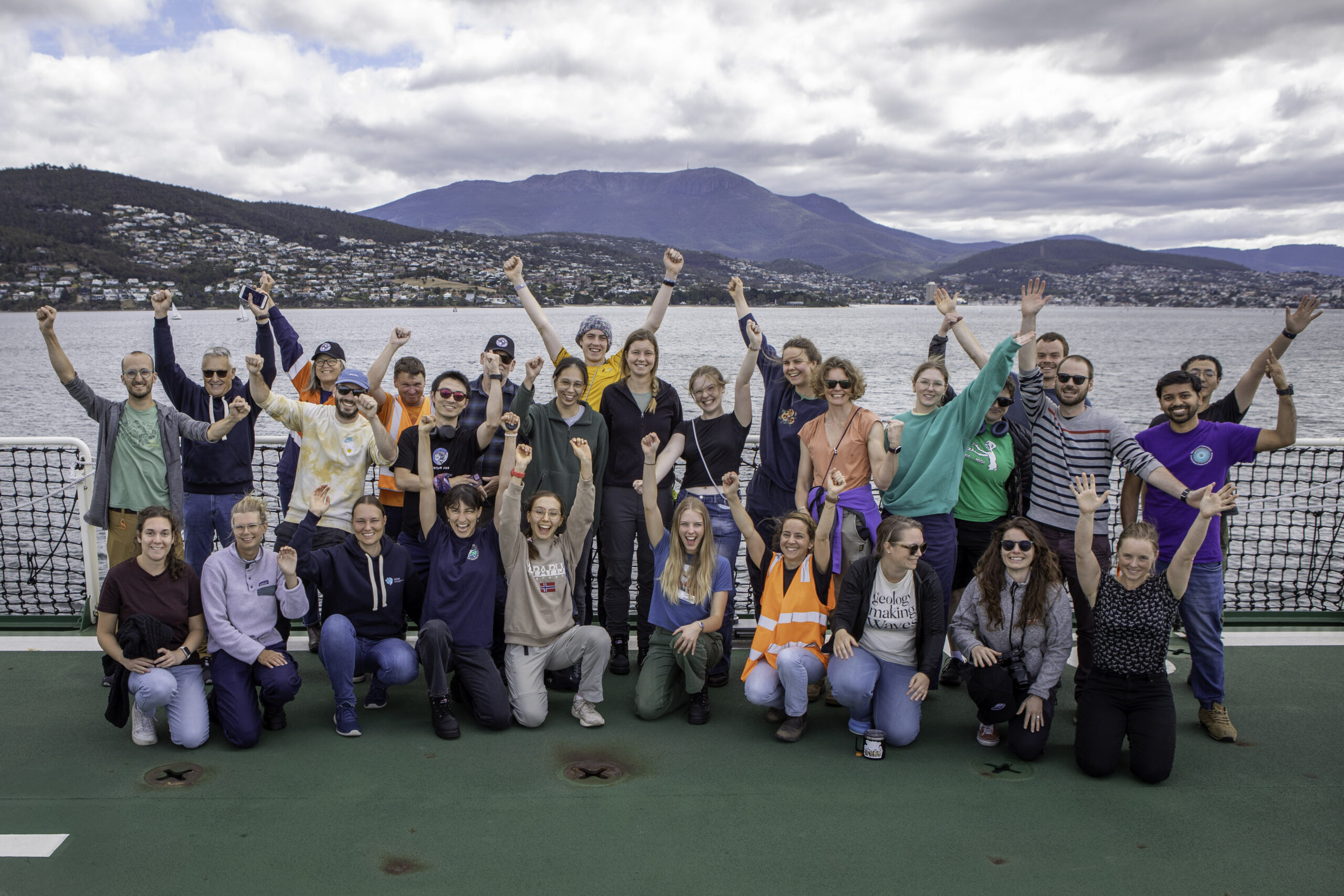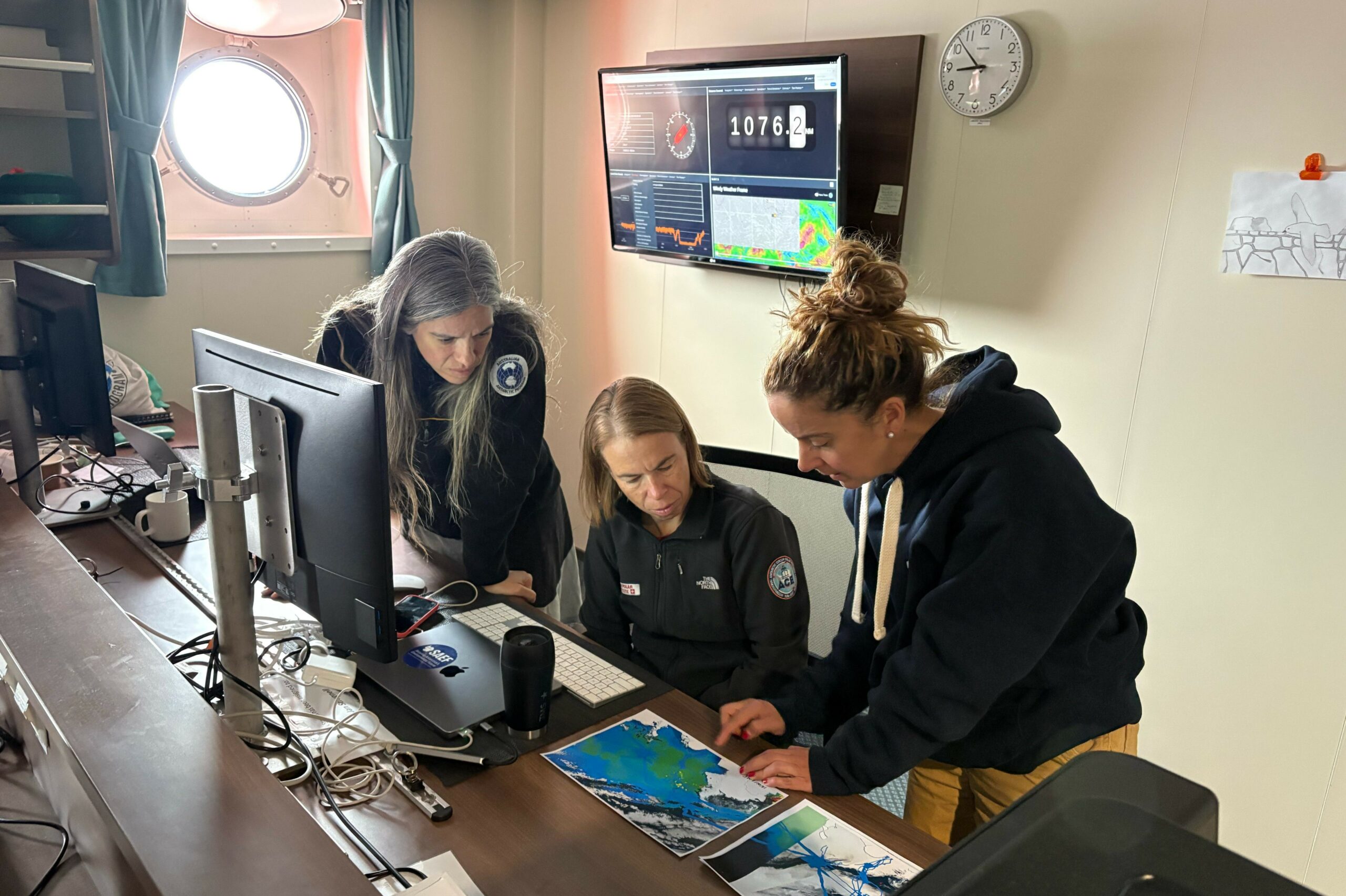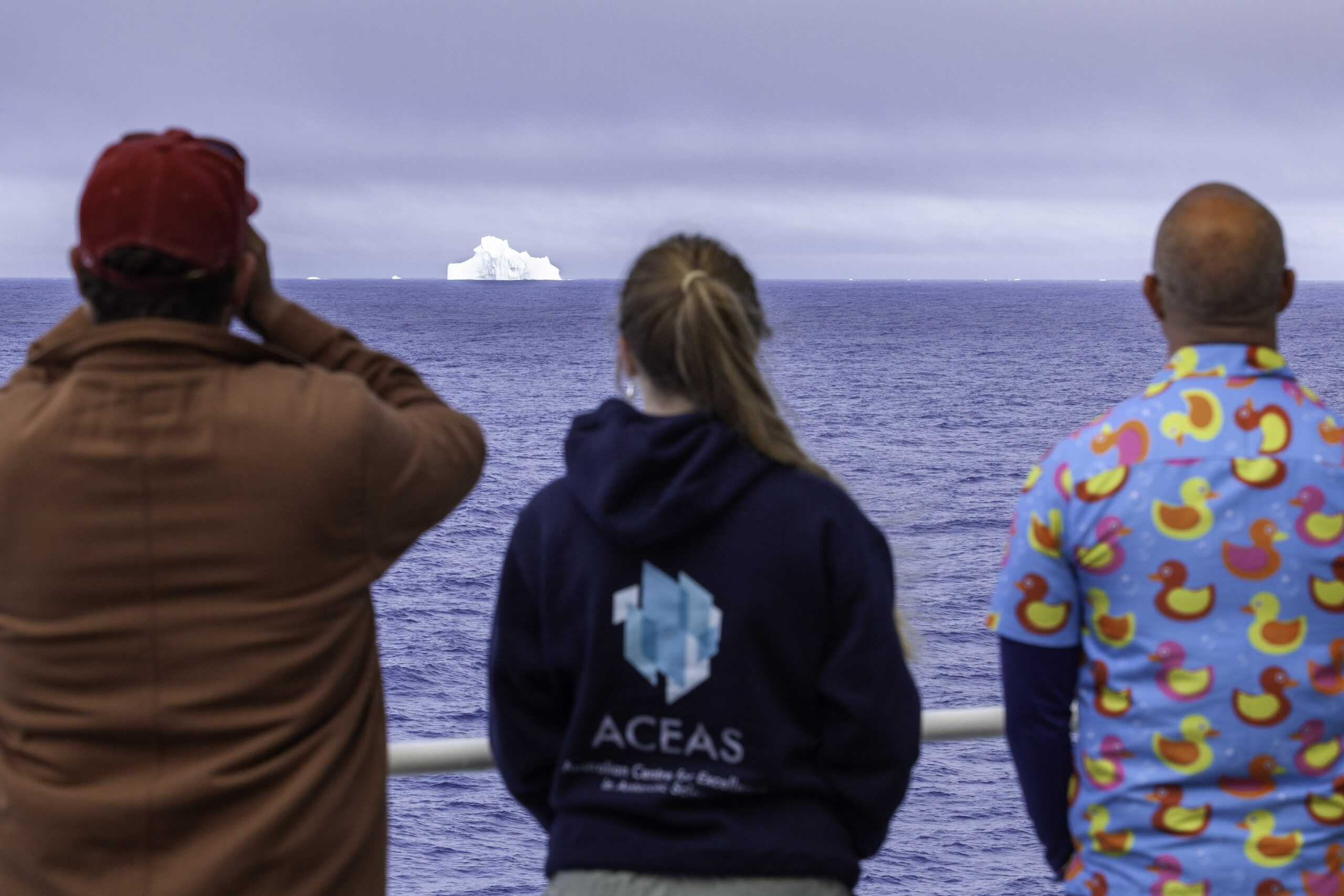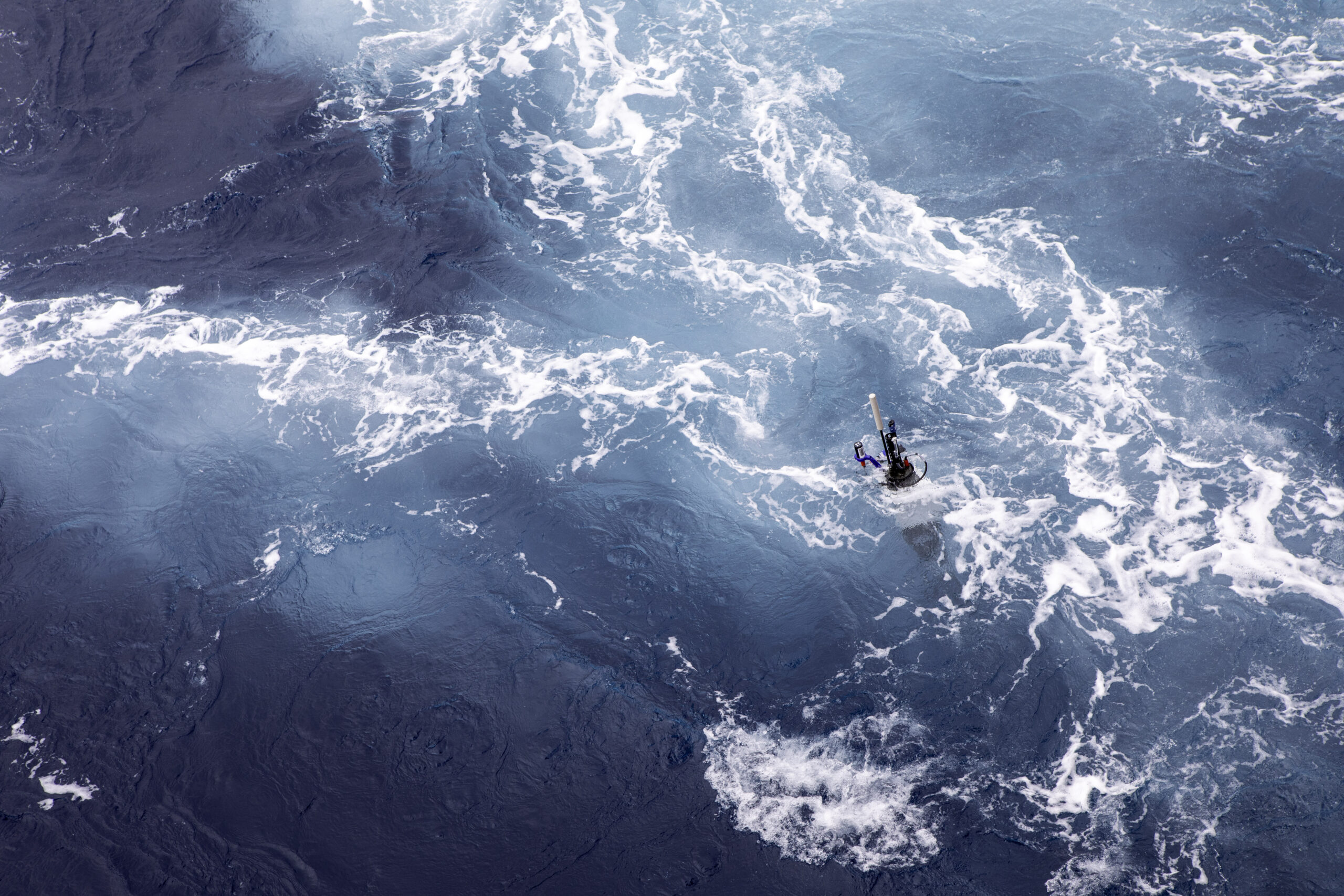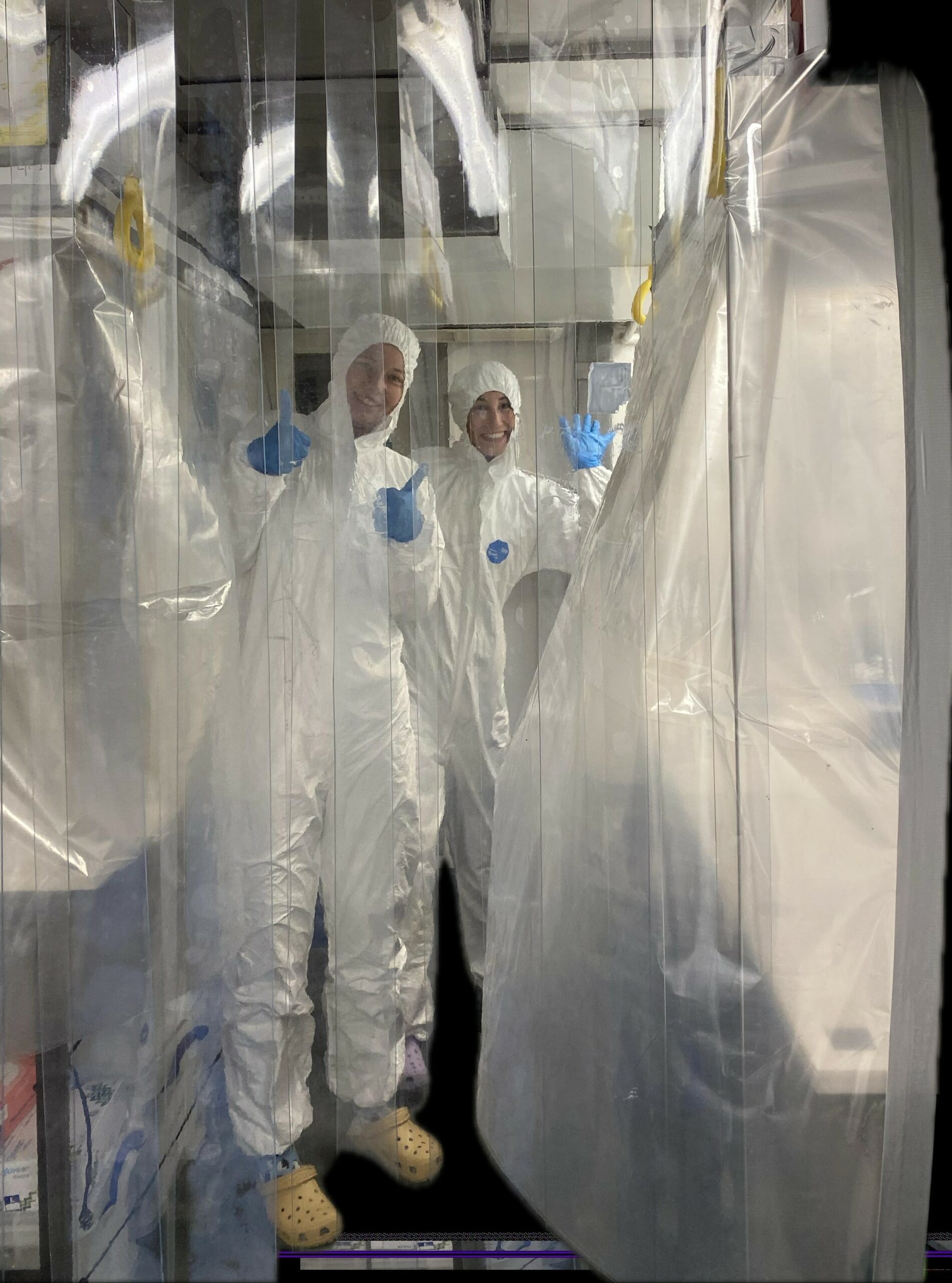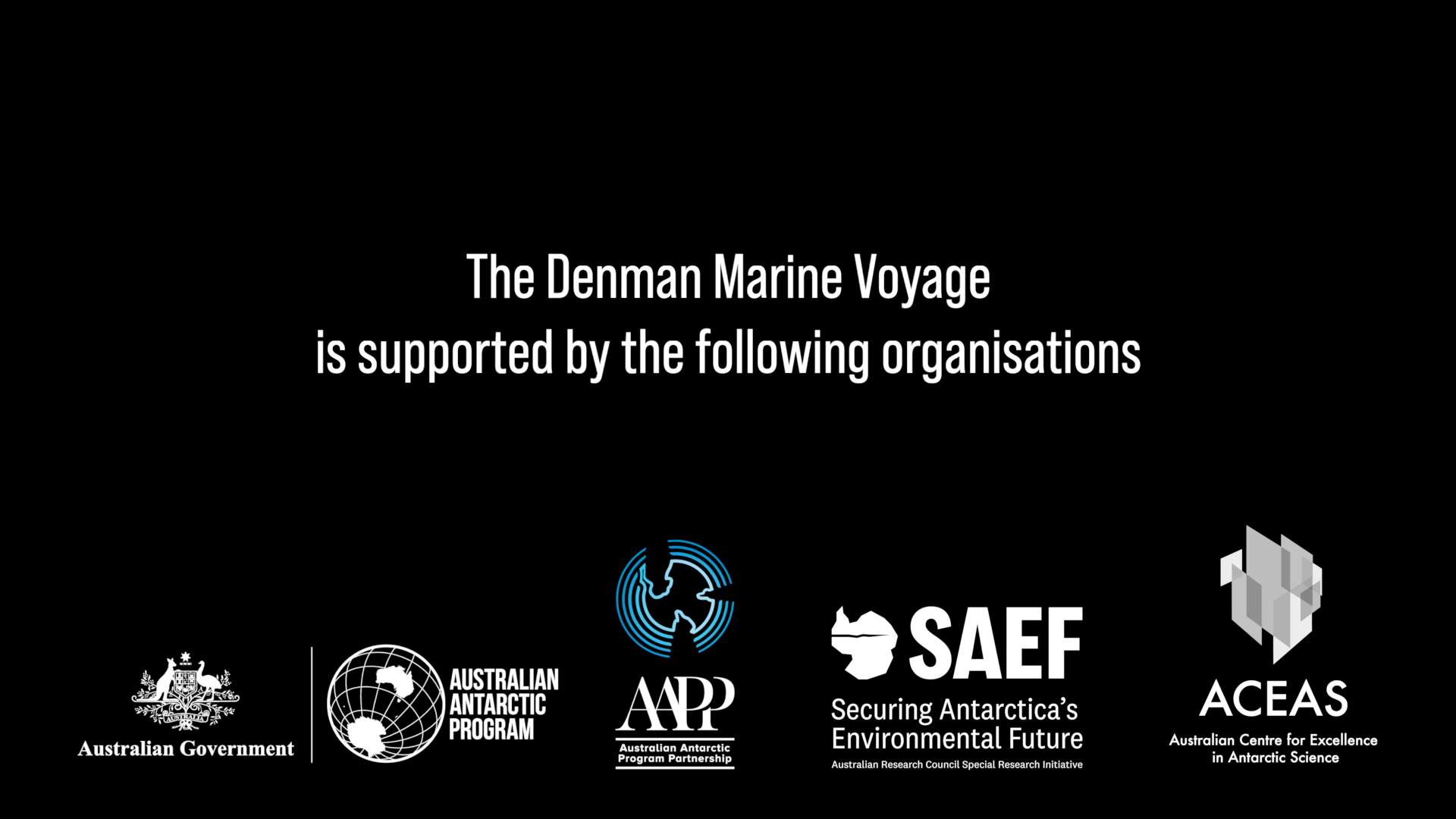Many years in the making, the Denman Marine Voyage (DMV) is the first marine scientific endeavour on board Australian icebreaker RSV Nuyina
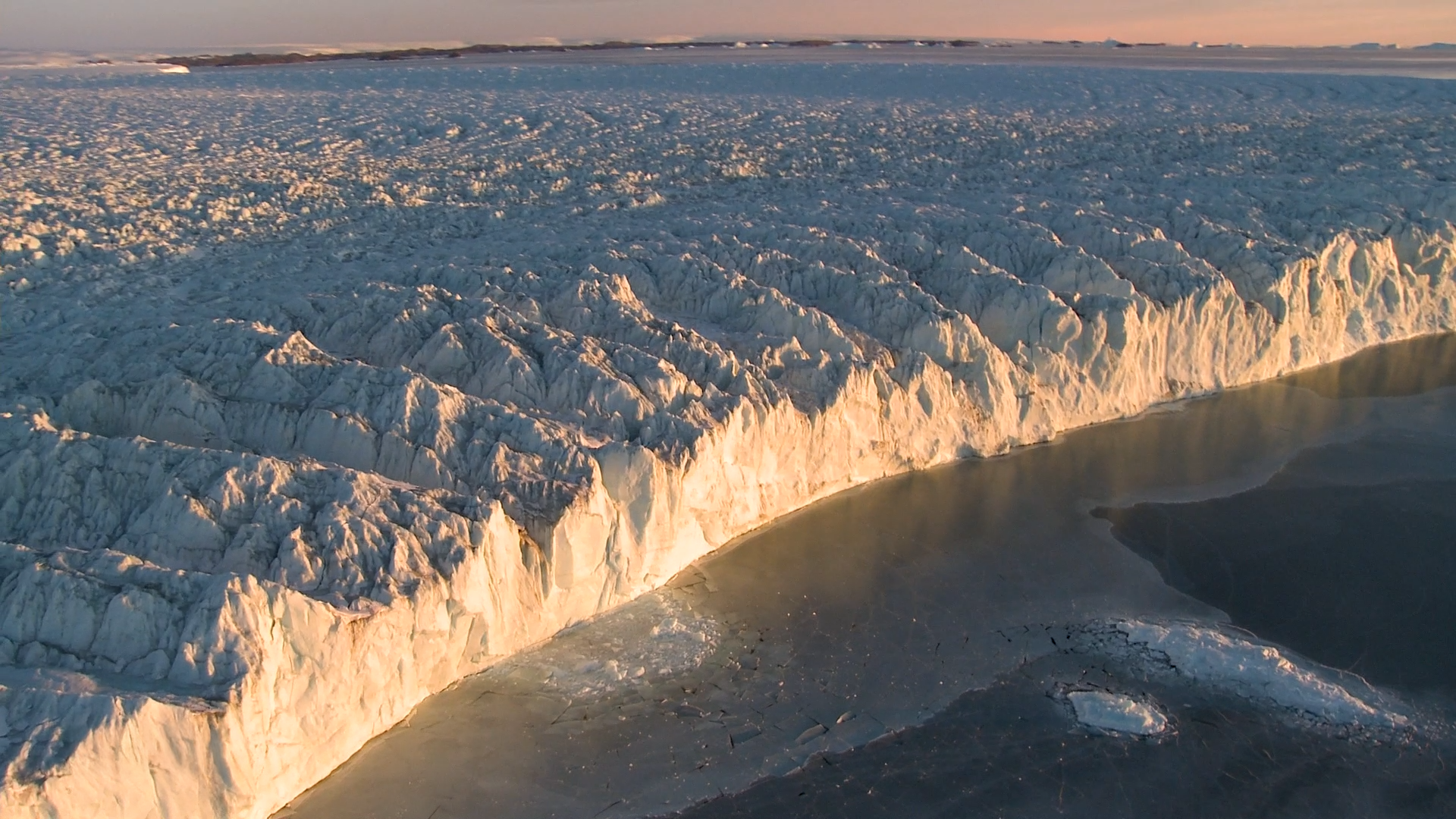
It brings together about 60 scientists in a major scientific collaboration between our Australian Centre of Excellence for Antarctic Science (ACEAS), the Australian Antarctic Program Partnership (AAPP), Securing Antarctica’s Environmental Future (SAEF) and the Australian Antarctic Division (AAD).
47 are from ACEAS and AAPP.
To do this, teams of researchers will:
-
Deploy floats, moorings and a sea glider to measure physical and chemical properties of the ocean and its role in glacial ice melt
-
Collect rock samples, sediment and deeper cores of mud from the seafloor to reconstruct its long-term history
-
Deploy cameras to reveal diversity of life on the seafloor and the potential for climate-driven change
-
Map the bathymetry (shape and depth) of the ocean floor to help determine warm water pathways from the continental shelf to the glacier
-
Collect seawater samples to detect trace metals and better understand the influence of nutrient-rich meltwater from the ice shelf
-
Tag seals with deep-water ocean monitoring devices
-
Collect seawater samples to determine how phytoplankton growth is influenced by light and nutrients
-
Deploy weather balloons and use radar and atmospheric monitors for future climate modelling
-
Take organism DNA samples from the seawater
-
Use the ship’s wet well to capture zooplankton and determine diversity, help predict future environmental changes
-
Use a continuous plankton recorder to collect baseline information on zooplankton abundance and distribution for future ecosystem conservation.
Denman Terrestrial Campaign (DTC) and Denman Marine Voyage (DMV): how they come together
Figure 1. Ice shelf and ocean processes at work around the Denman Glacier, East Antarctica. Source: N. Abram, D. Lannuzel, S. McCormack for the ARC Centre for Excellence in Antarctic Science (ACEAS), (2025).
Figure 1. Ice shelf and ocean processes at work around the Denman Glacier, East Antarctica. Source: N. Abram, D. Lannuzel, S. McCormack for the ARC Centre for Excellence in Antarctic Science (ACEAS), (2025).
Post DMV Voyage Report
Read the scientific report detailing what was done on the DMV here.
The voyage is part of the Australian Antarctic Program (AAP).
RSV Nuyina departed Hobart on Saturday March 1, 2025 and returned Friday May 2, 2025
